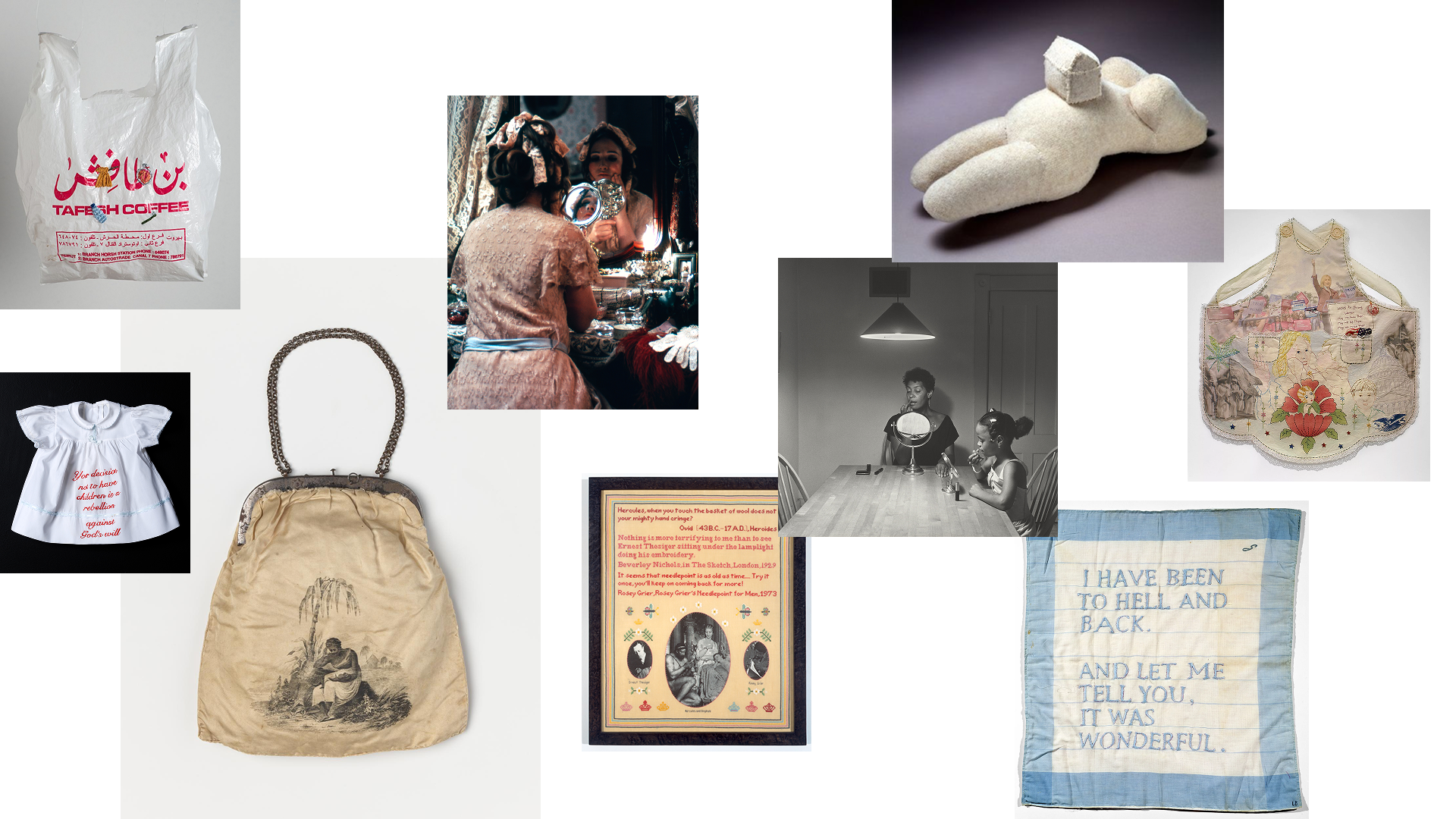Typesetter
Change the weight and size of the fonts using the slider below.
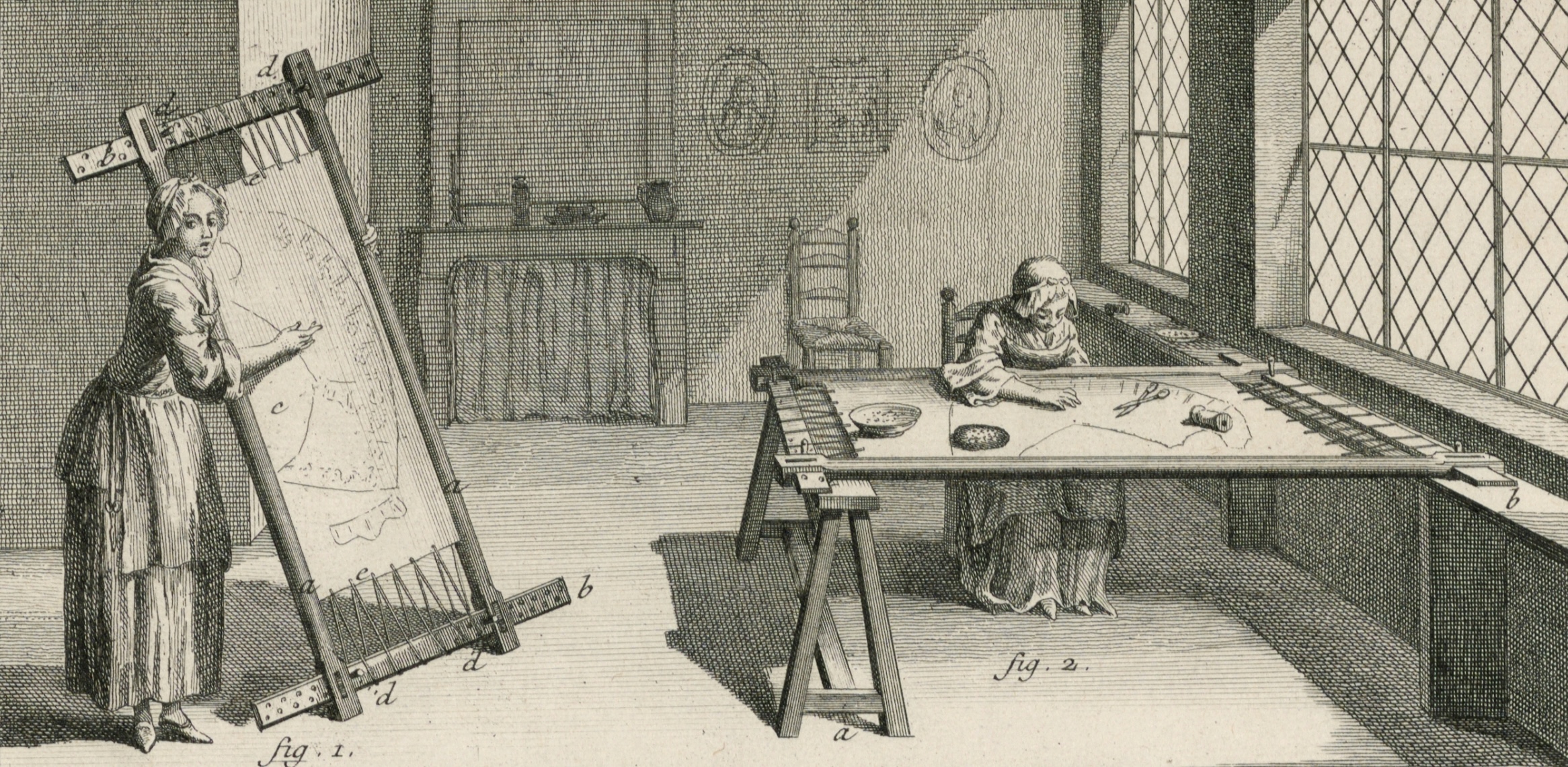
“When I was growing up, all the women in my house were using needles. I’ve always had a fascination with the needle, the magic power of the needle. The needle is used to repair damage. It’s a claim to forgiveness. It is never aggressive, it’s not a pin.” — Louise Bourgeois
How can traditionally feminine labors and the private domestic space become political gestures and sites of resistance?
femme maison is a family of variable typefaces with icon glyphs exploring textile arts, craftivism, and the cult of domesticity
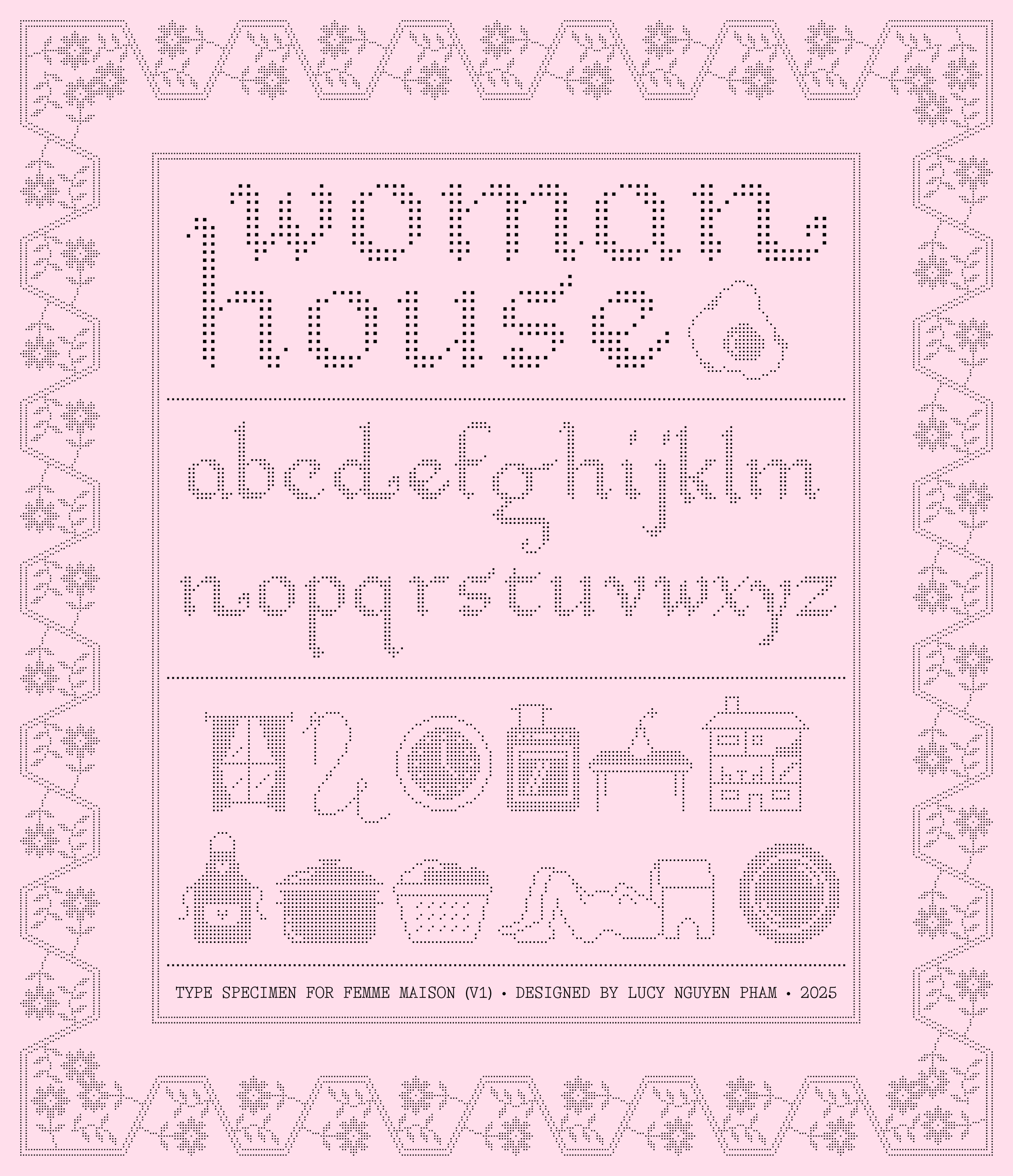
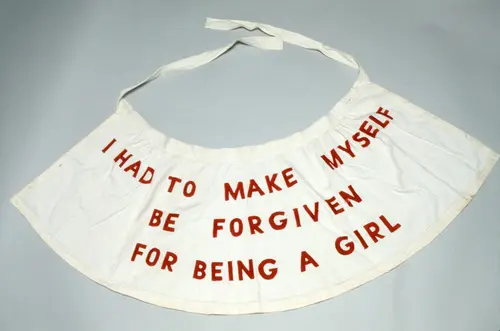
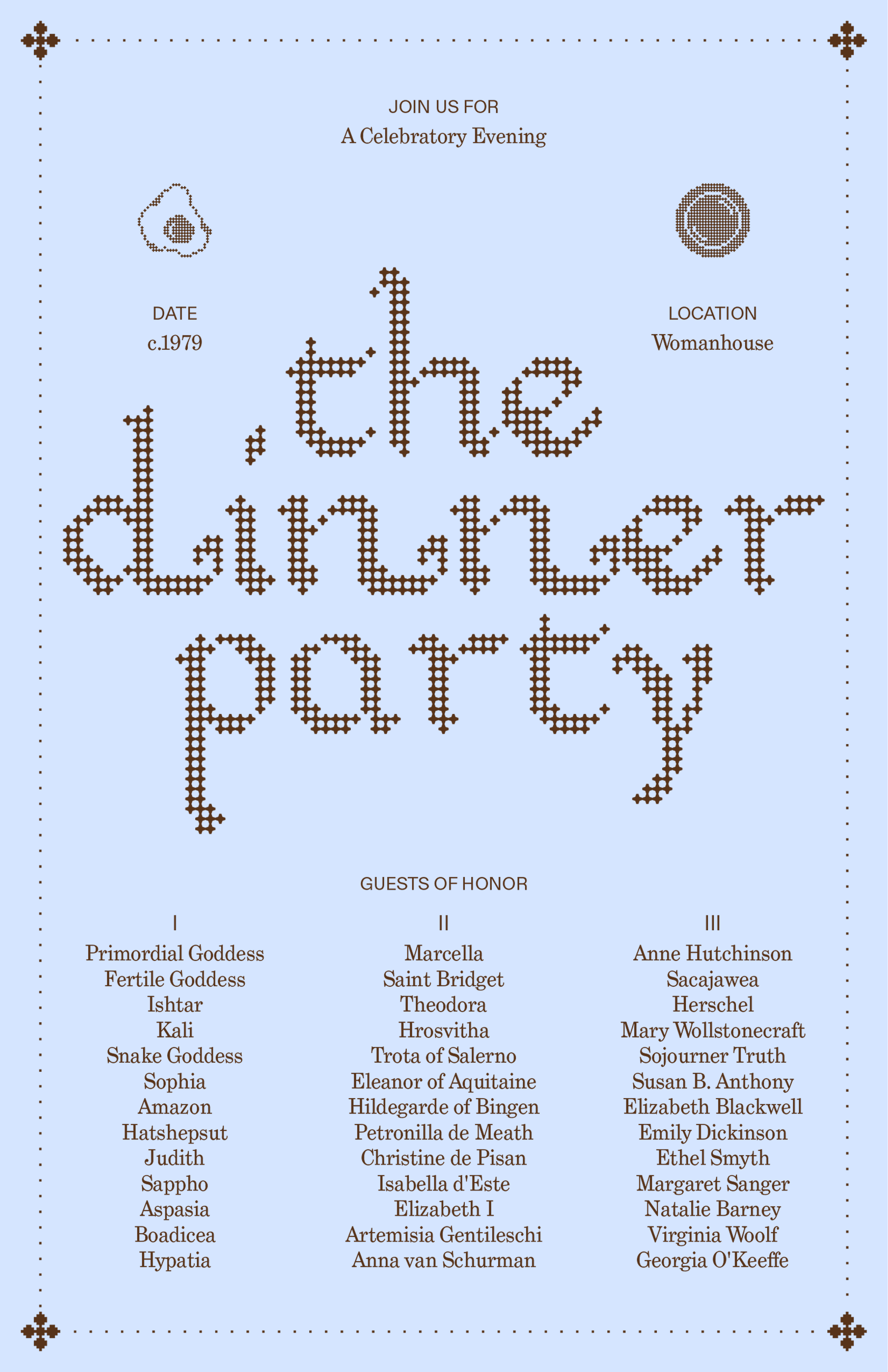
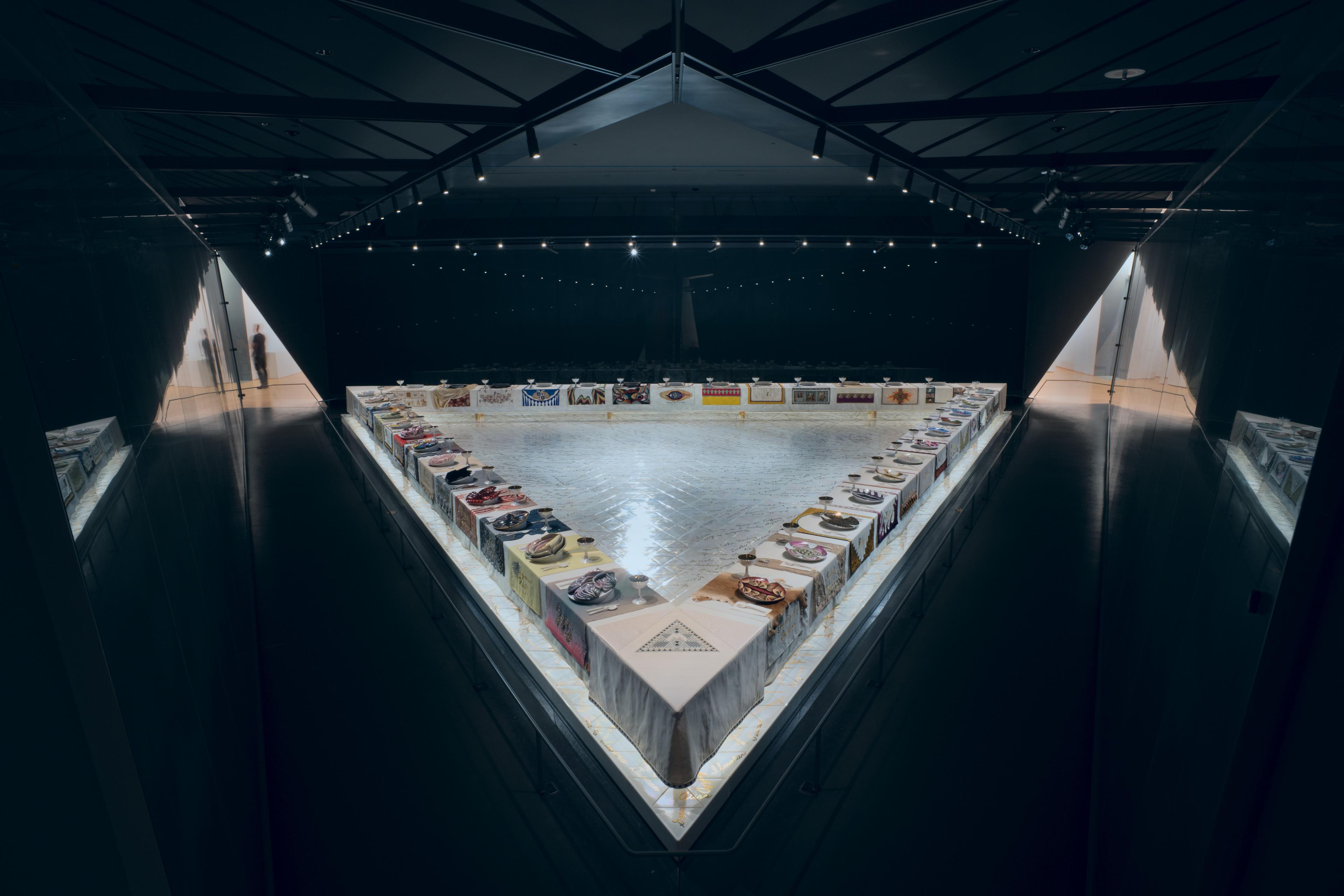
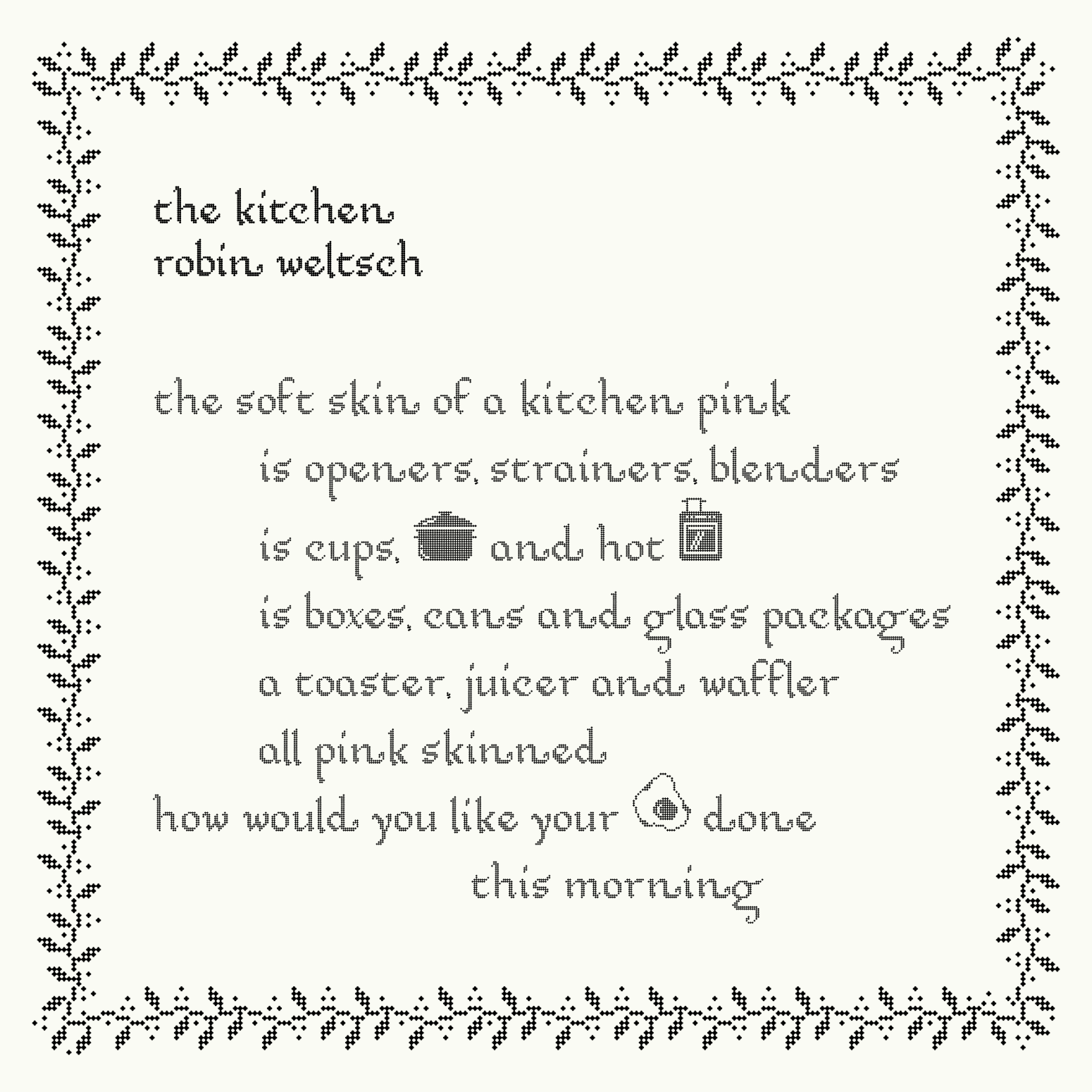
80 PX, WGHT 0
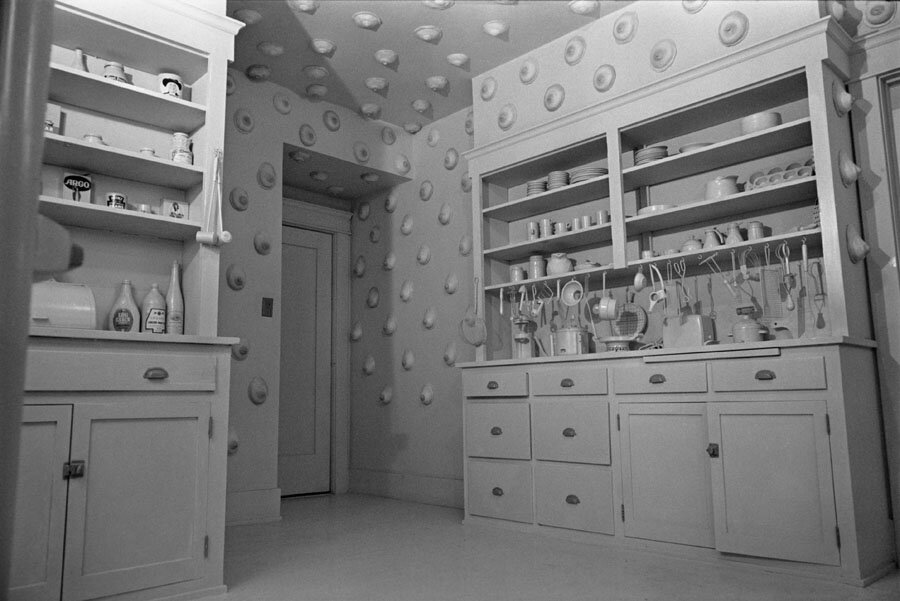
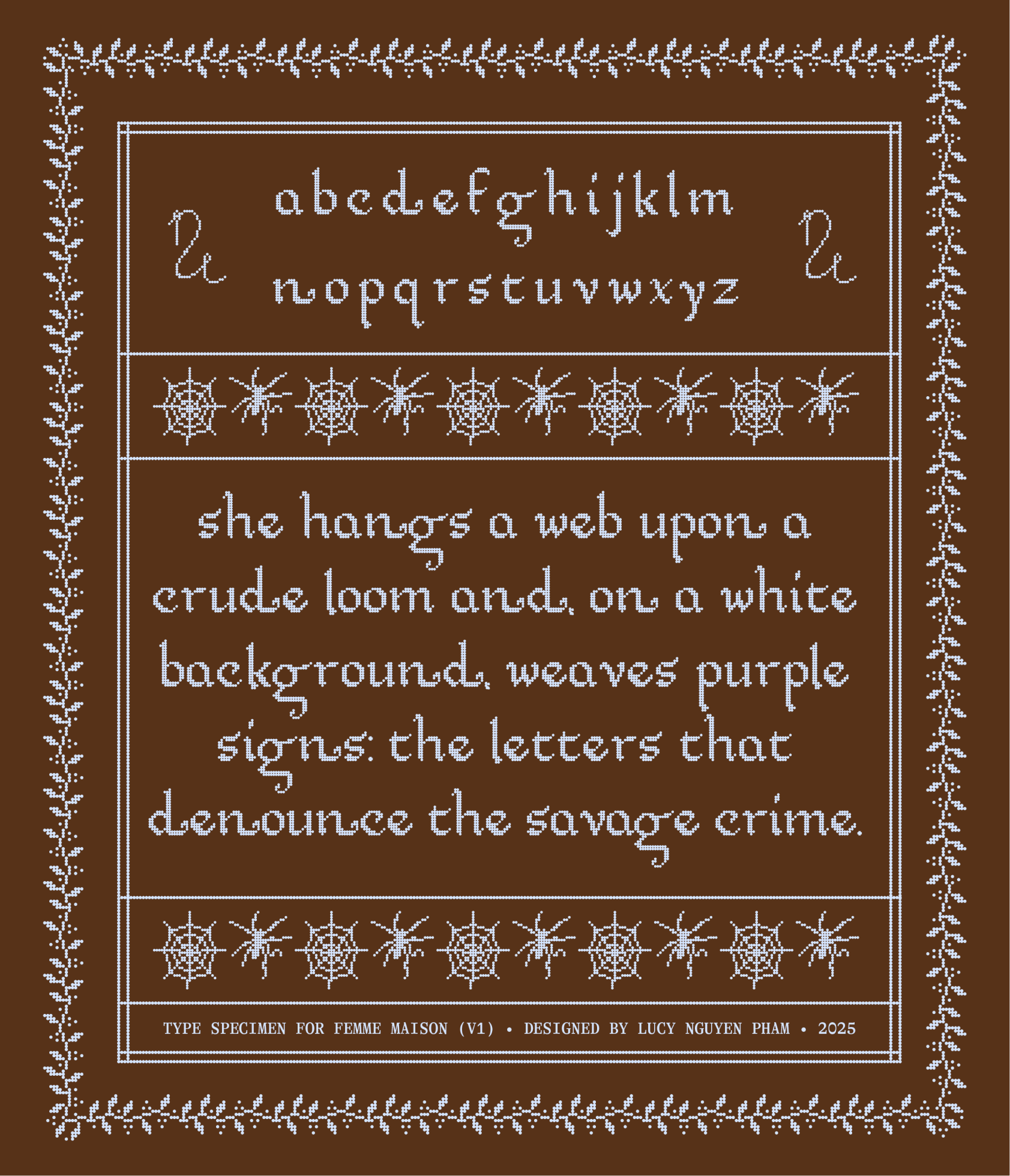
70 PX, WGHT 100
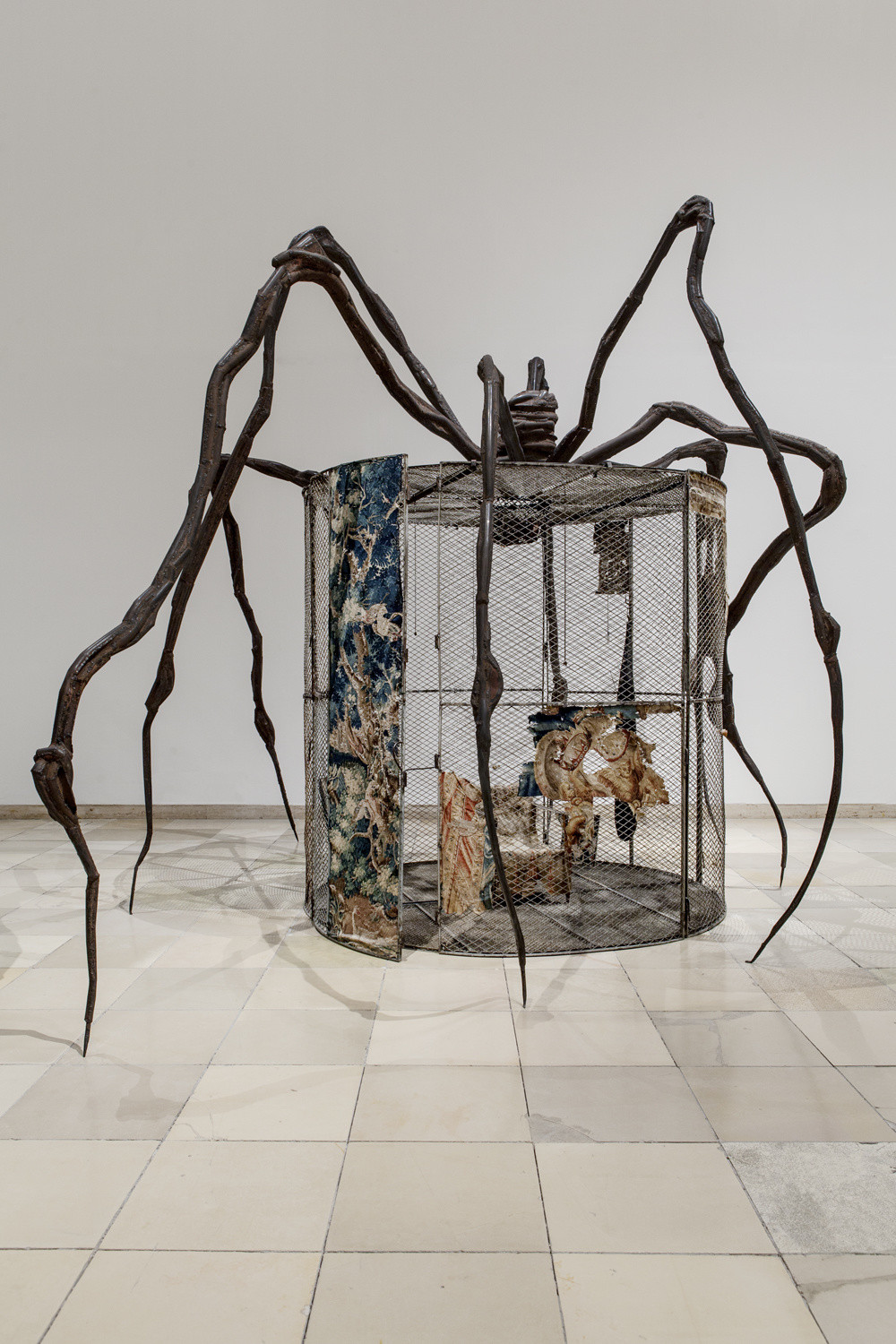
Change the weight and size of the fonts using the slider below.
abcdefghijklmnopqrstuvwxyz
ABCDEFGHIJKLMNOPQRSTUVWXYZ
ABCDEFGHIJKLMNOPQRSTUVWXYZ
abcdefghijklmnopqrstuvwxyz
1234567890
The icons were drawn from research and a curated collection of artworks that covered the following themes: craftivism, textile traditions, the private domestic space, motherhood, and labor.
Visit the archive for more commentary.
Visit the Archive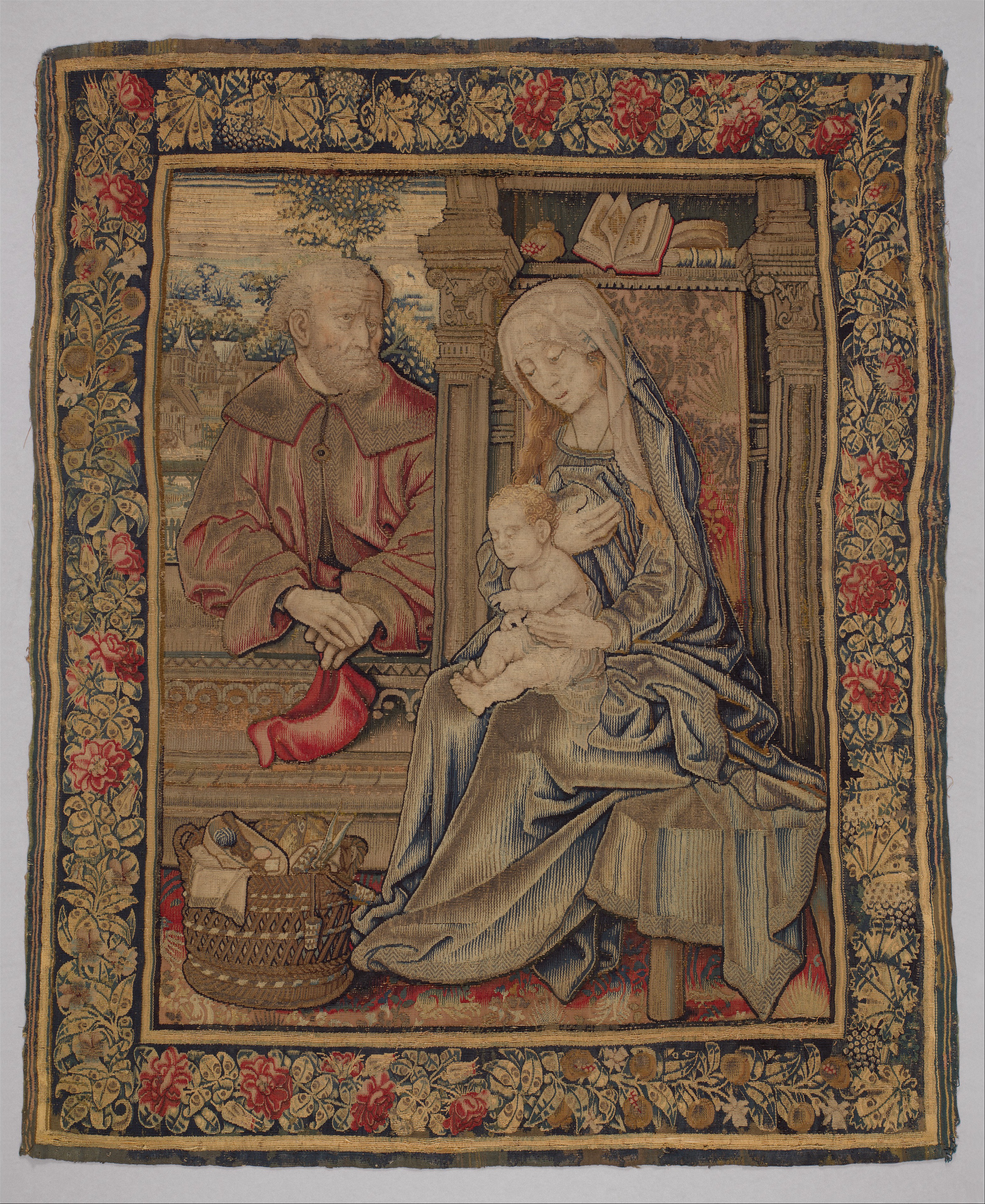
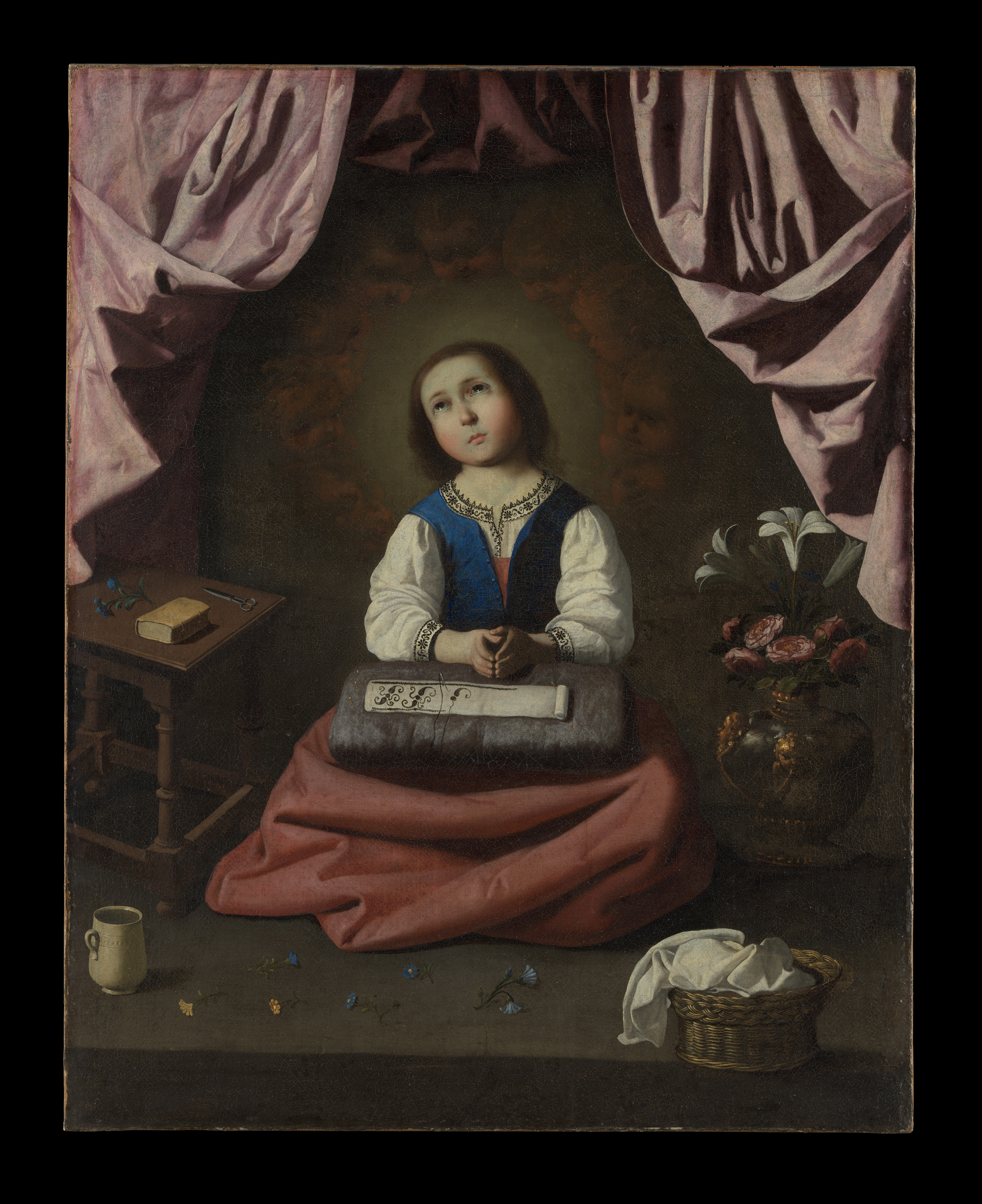
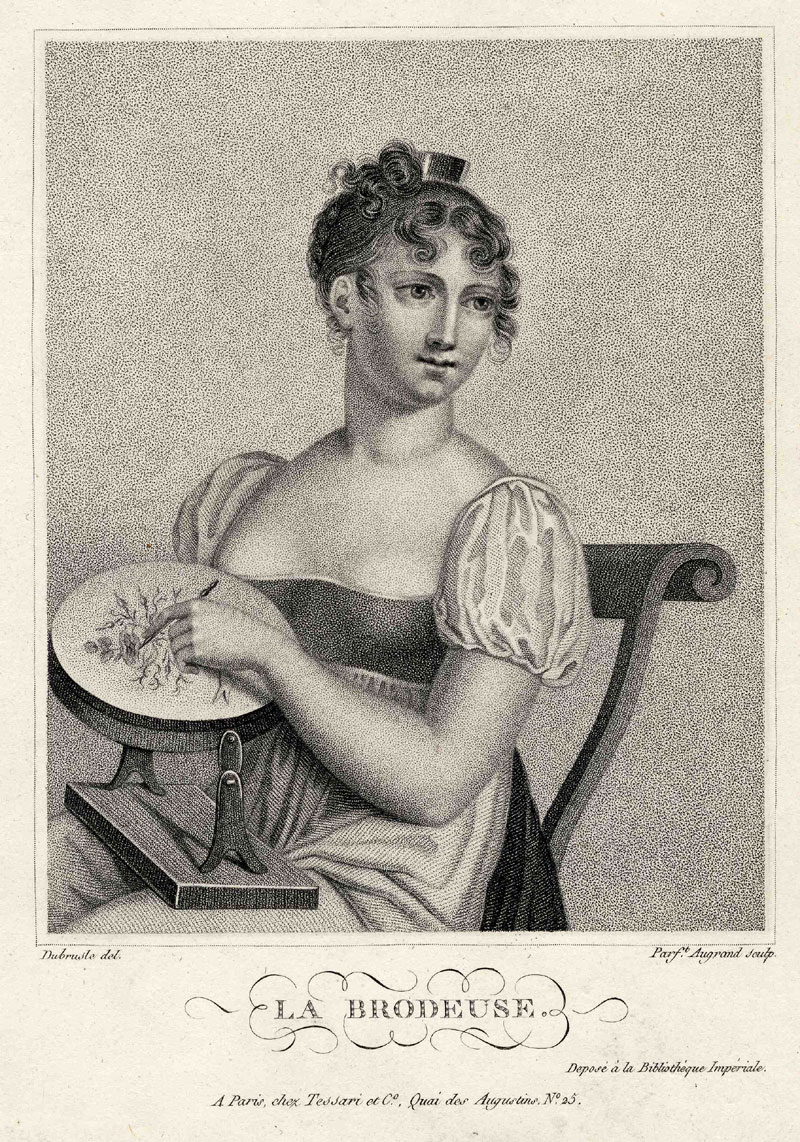
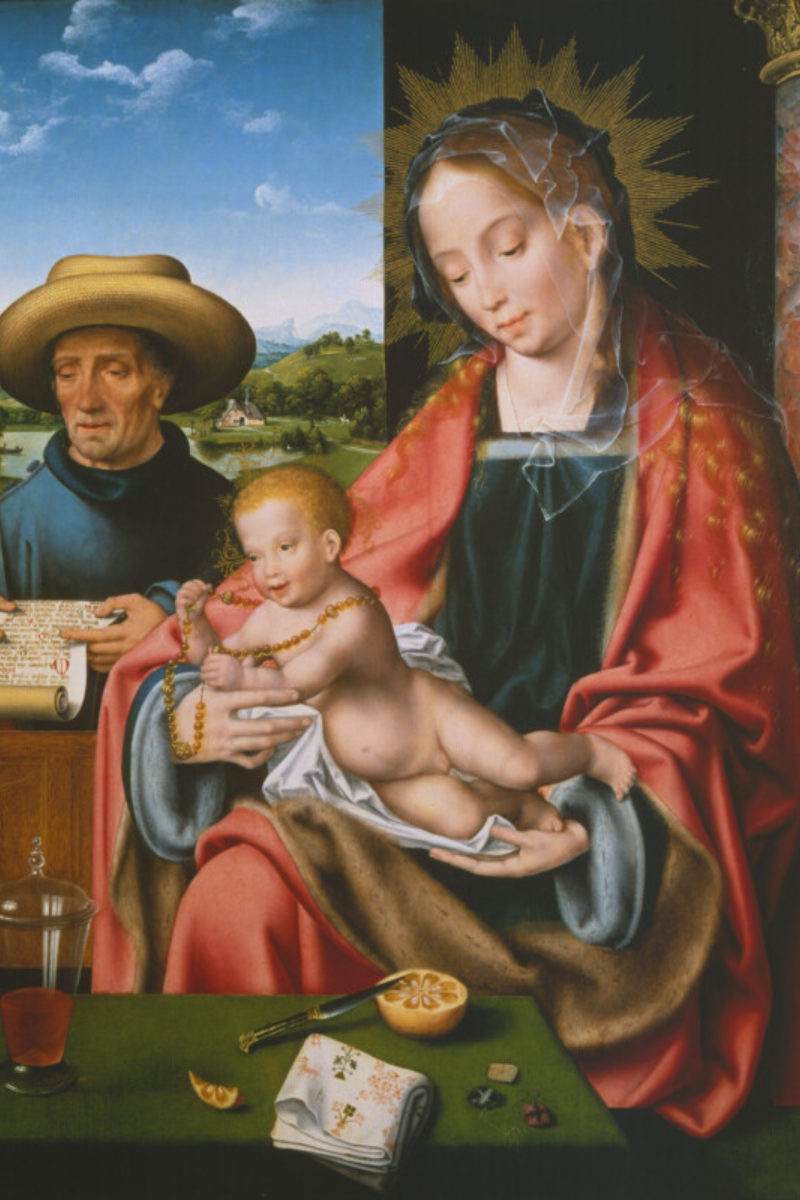
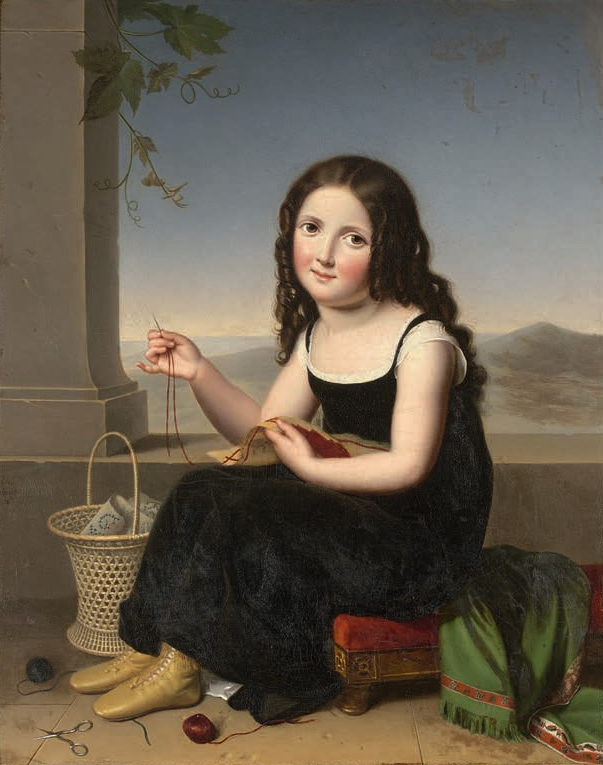
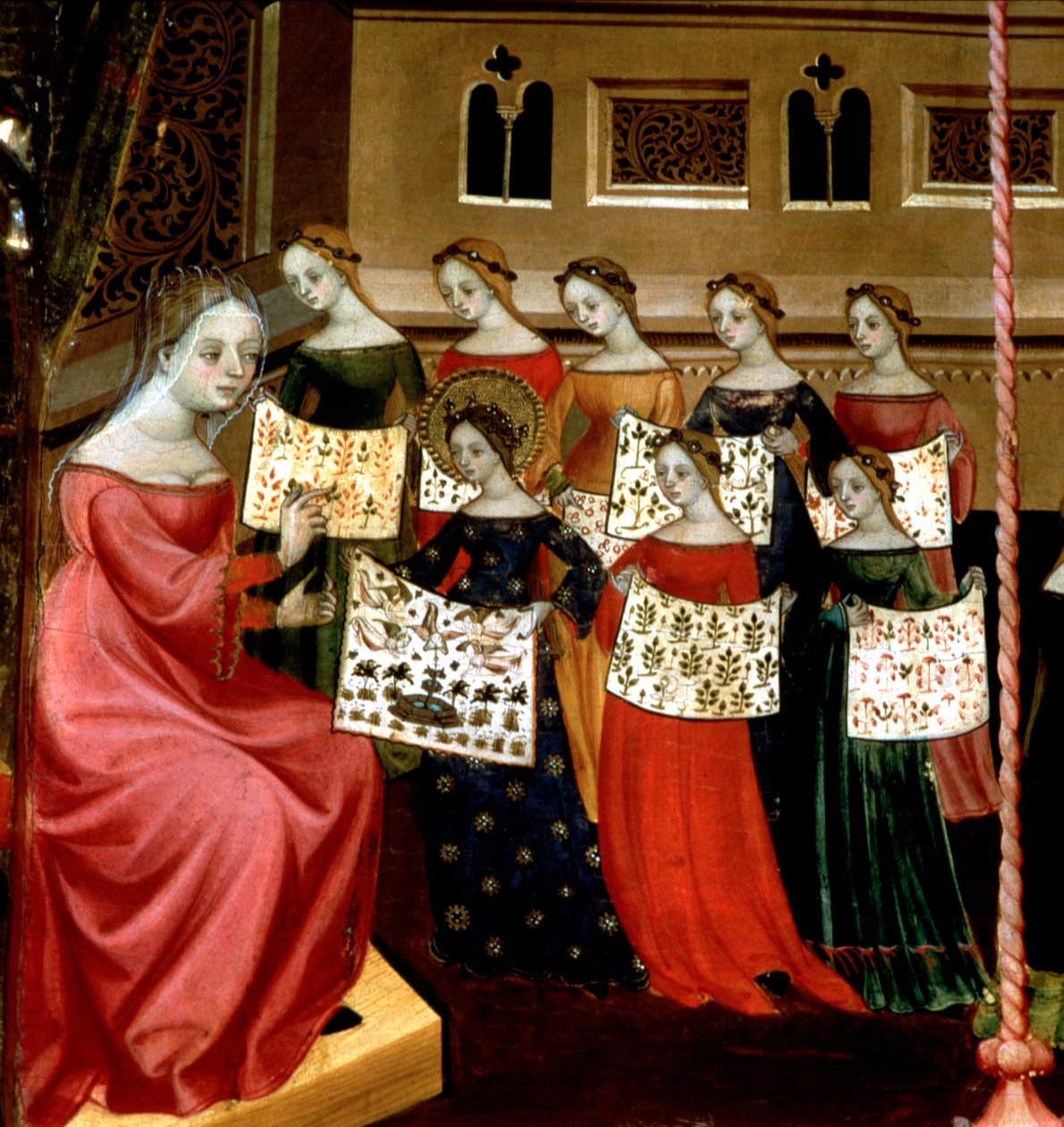
1/5 Traditionally, womanhood has been defined by piety, purity, domesticity, and submissiveness. But many feminists and artists have long challenged these ideals.
400 PX
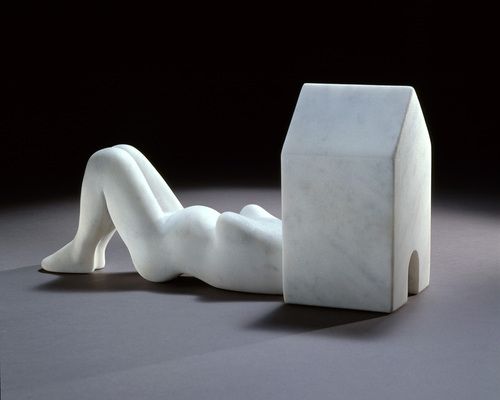
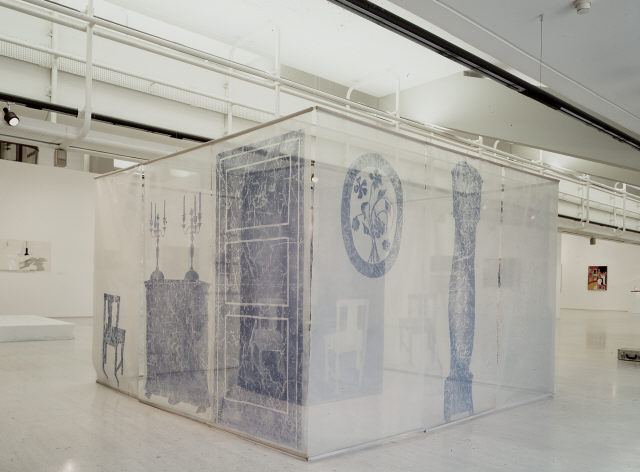
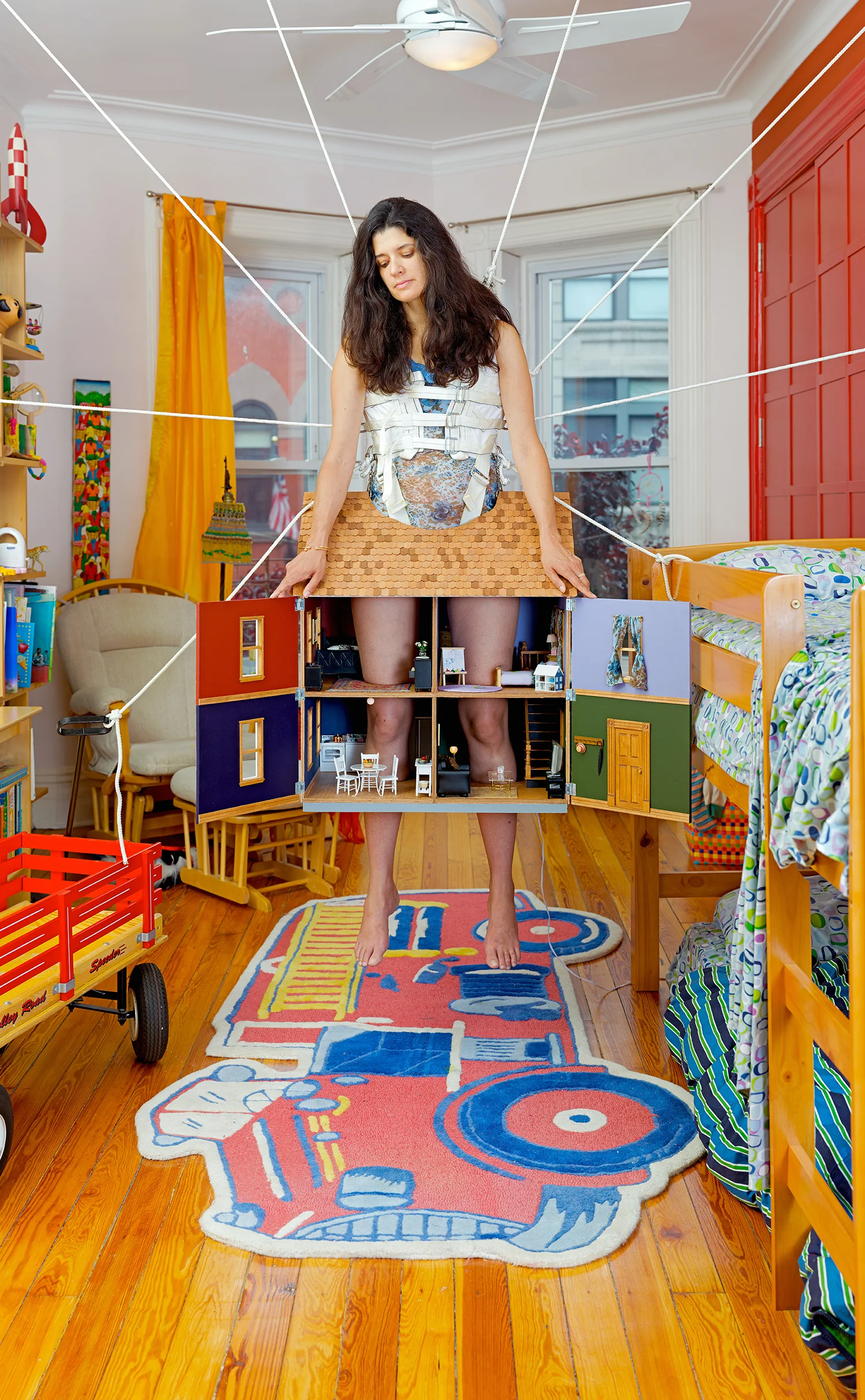
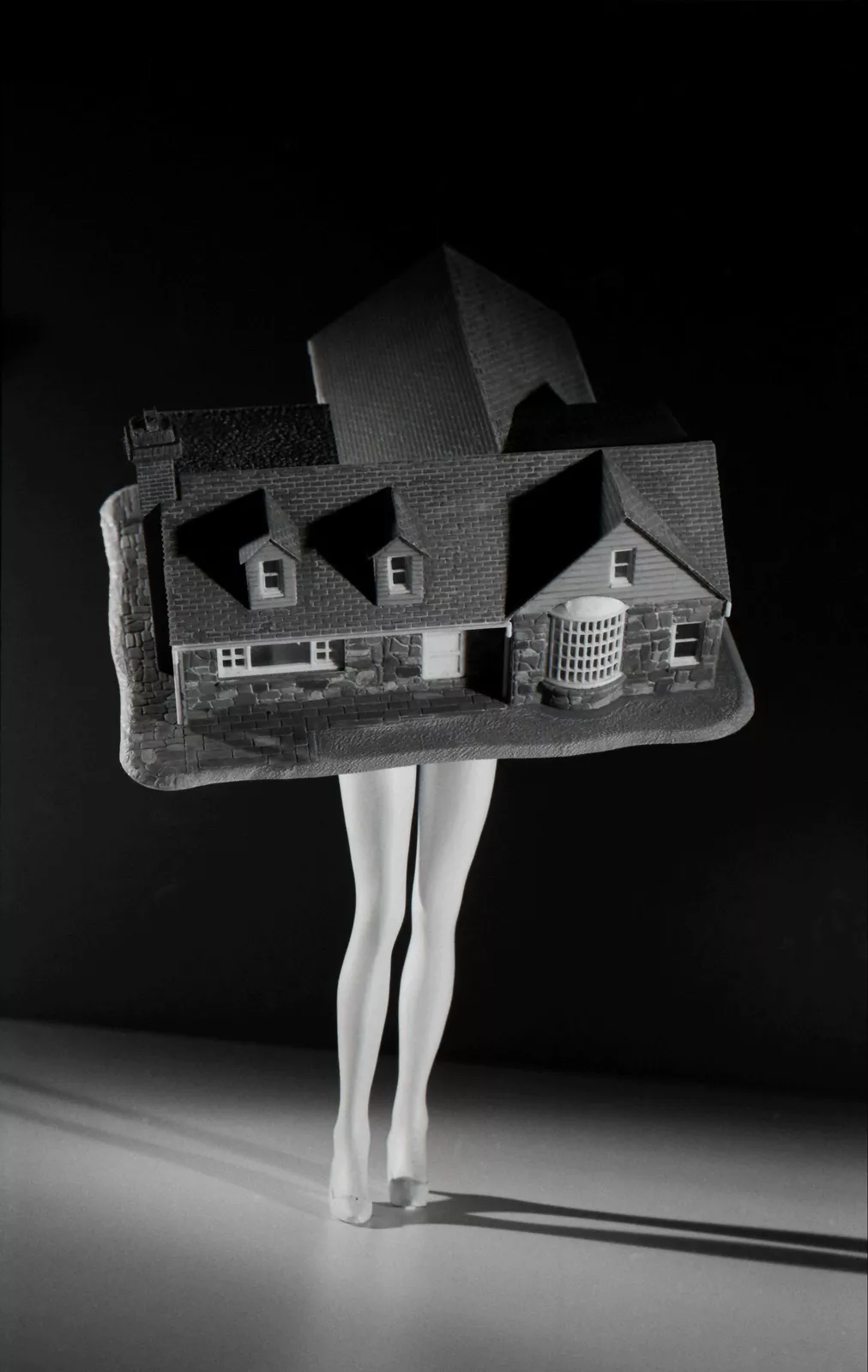
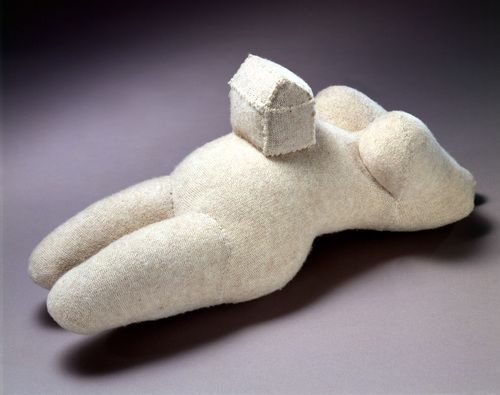
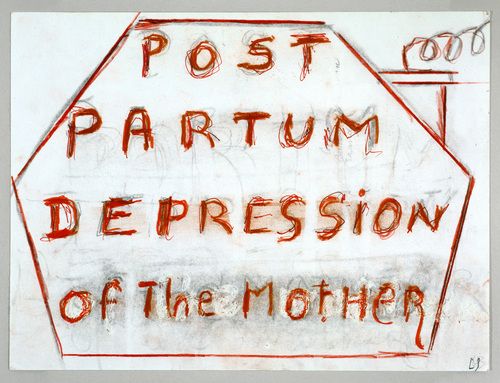
2/5 Artists like Louise Bourgeois explored the tensions between the public versus private (domestic) sphere. Traditionally, women were confined to the private realm.
200 PX
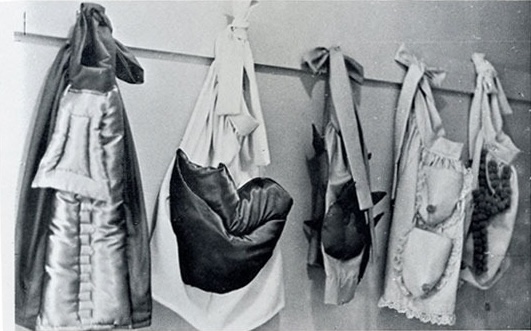
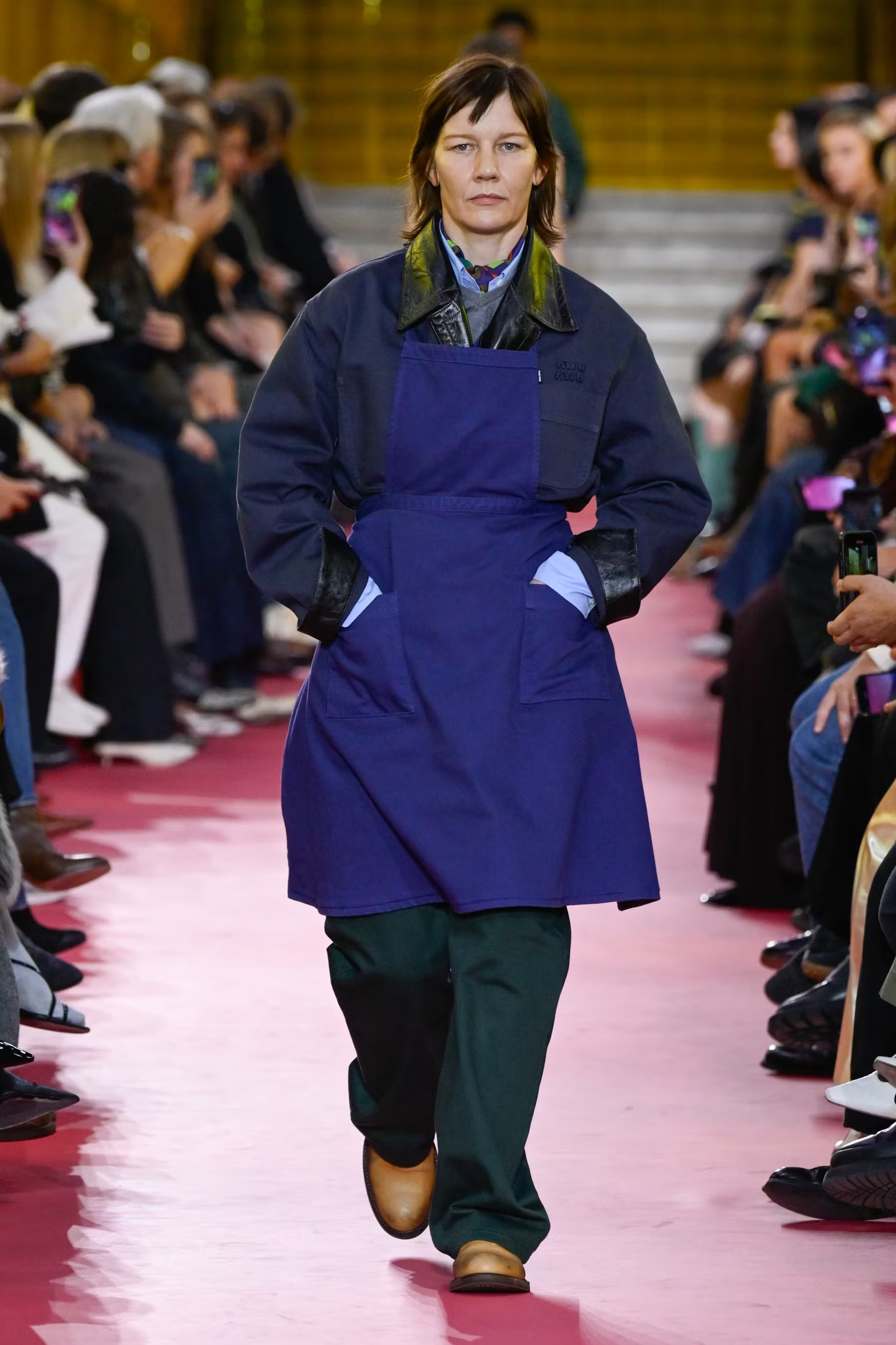
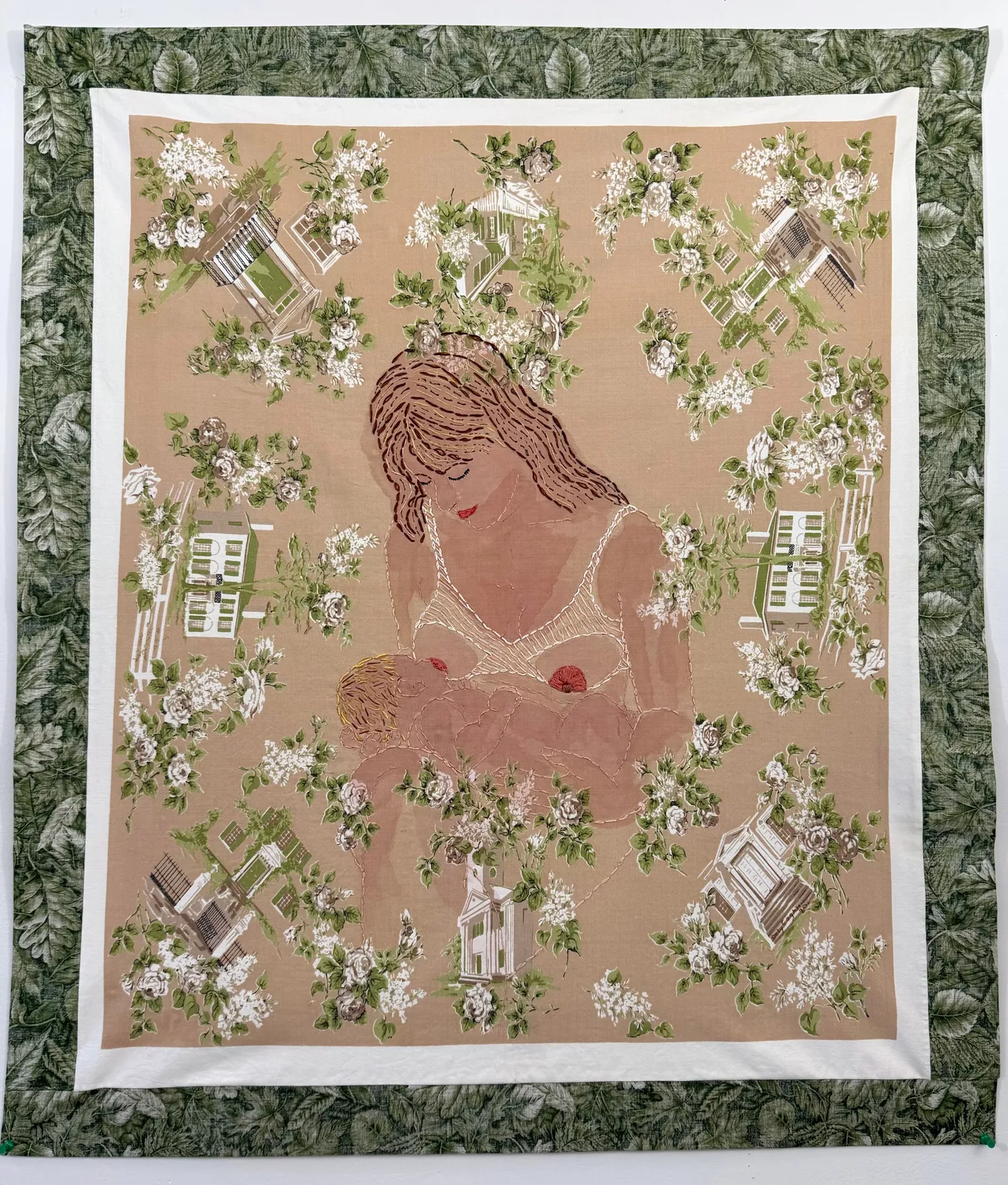
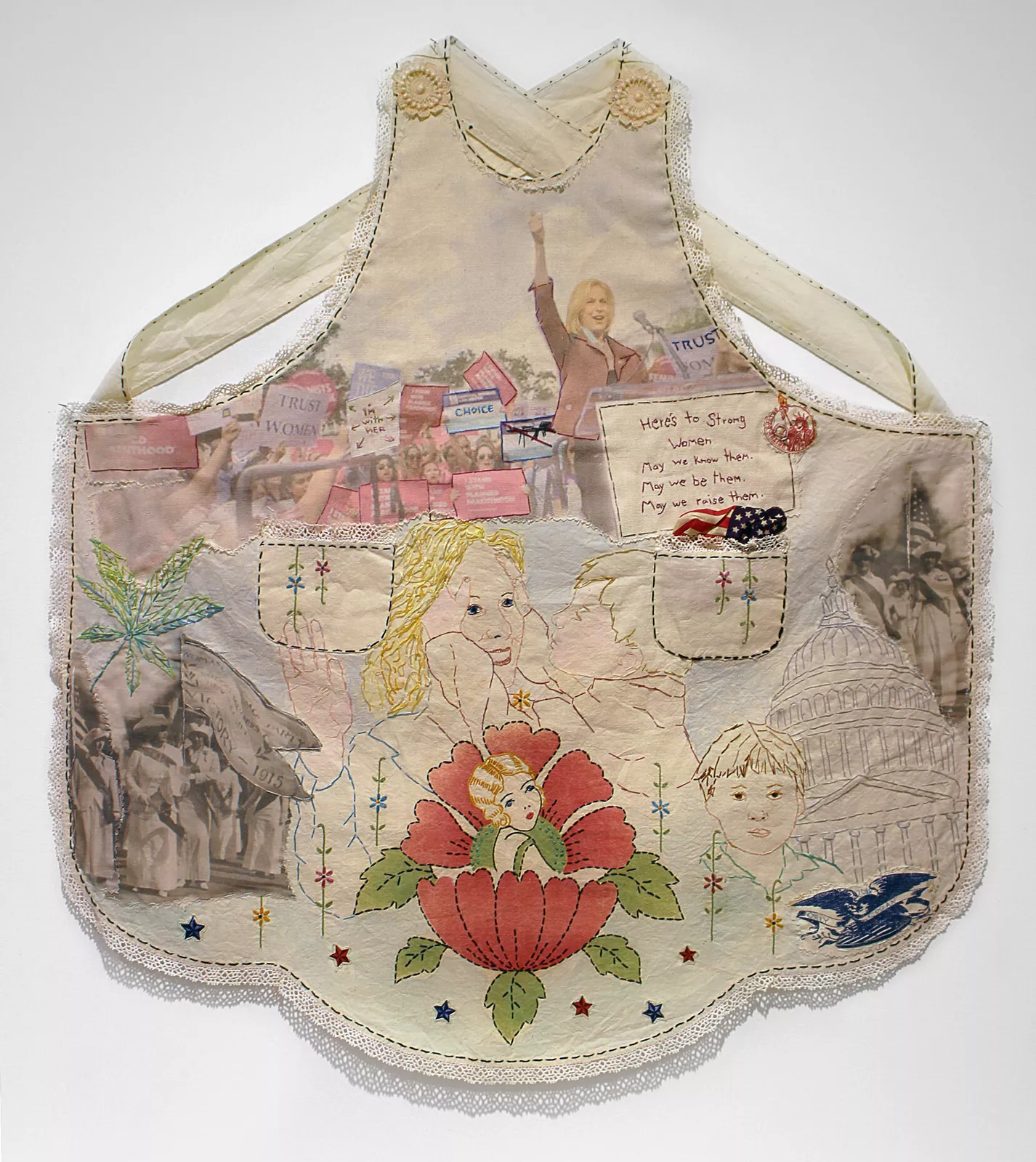
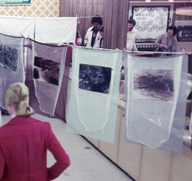
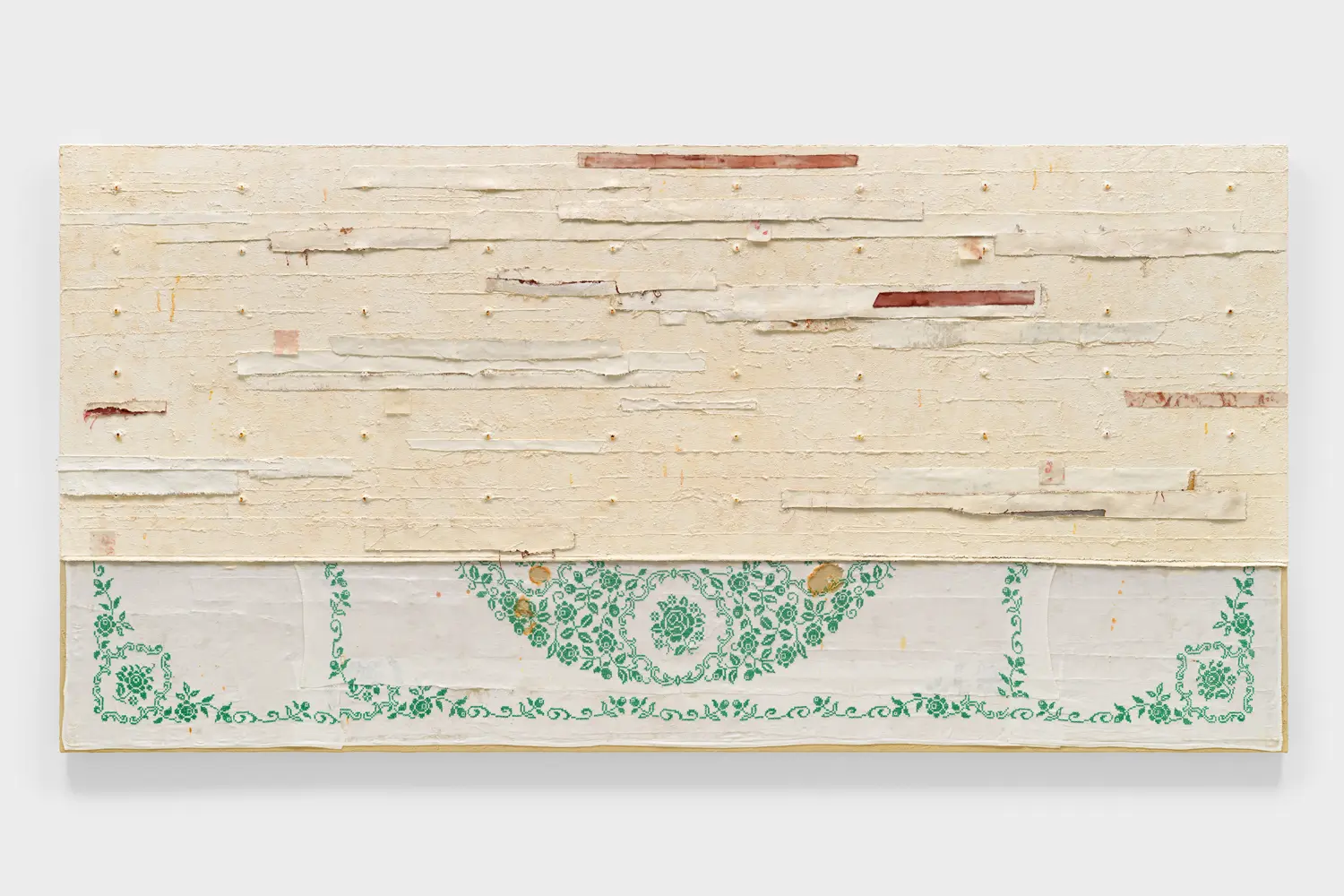
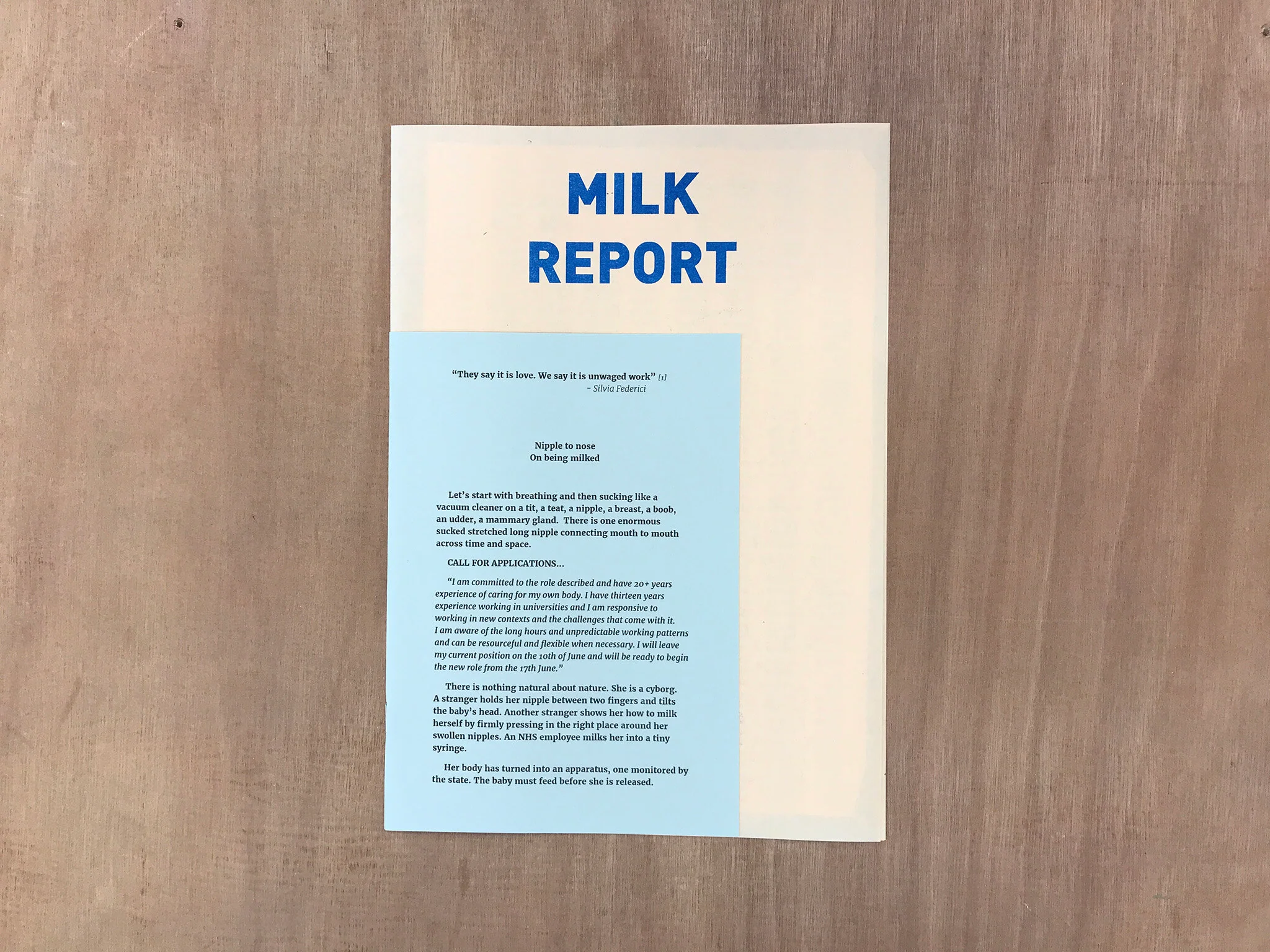
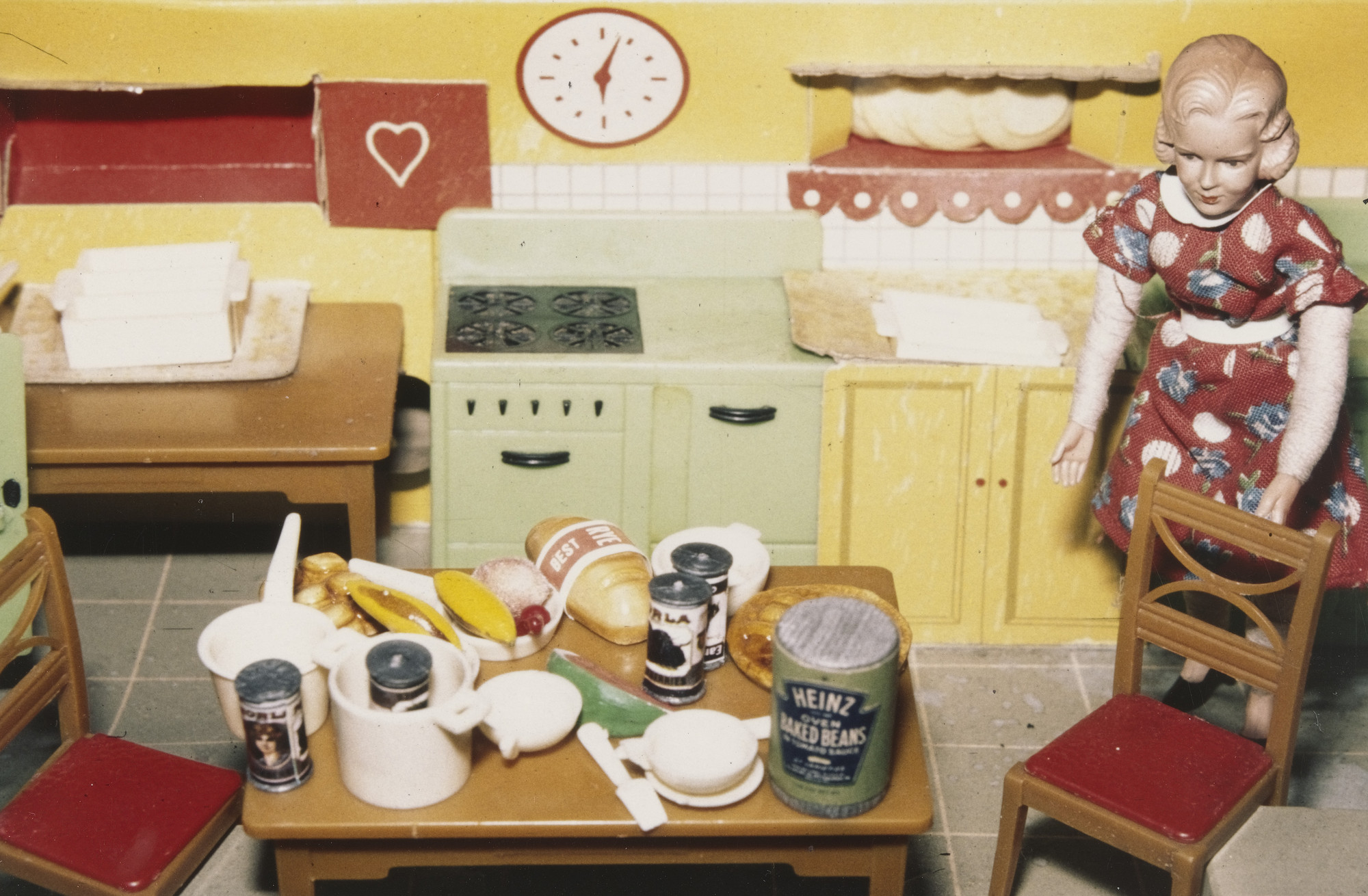
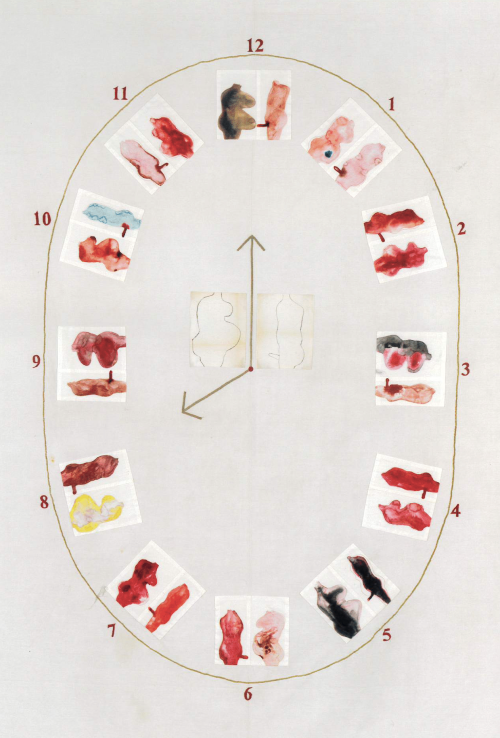
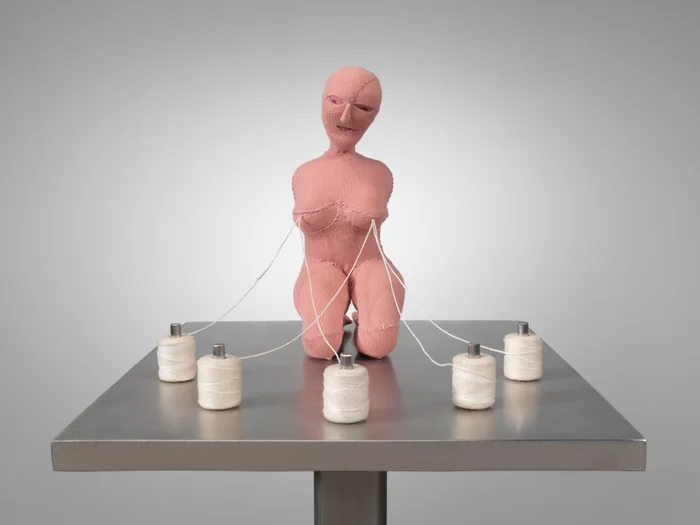
3/5 Because women existed in private, they performed invisible labors, ranging from childrearing and caregiving to embroidery and textile practices.
140 PX
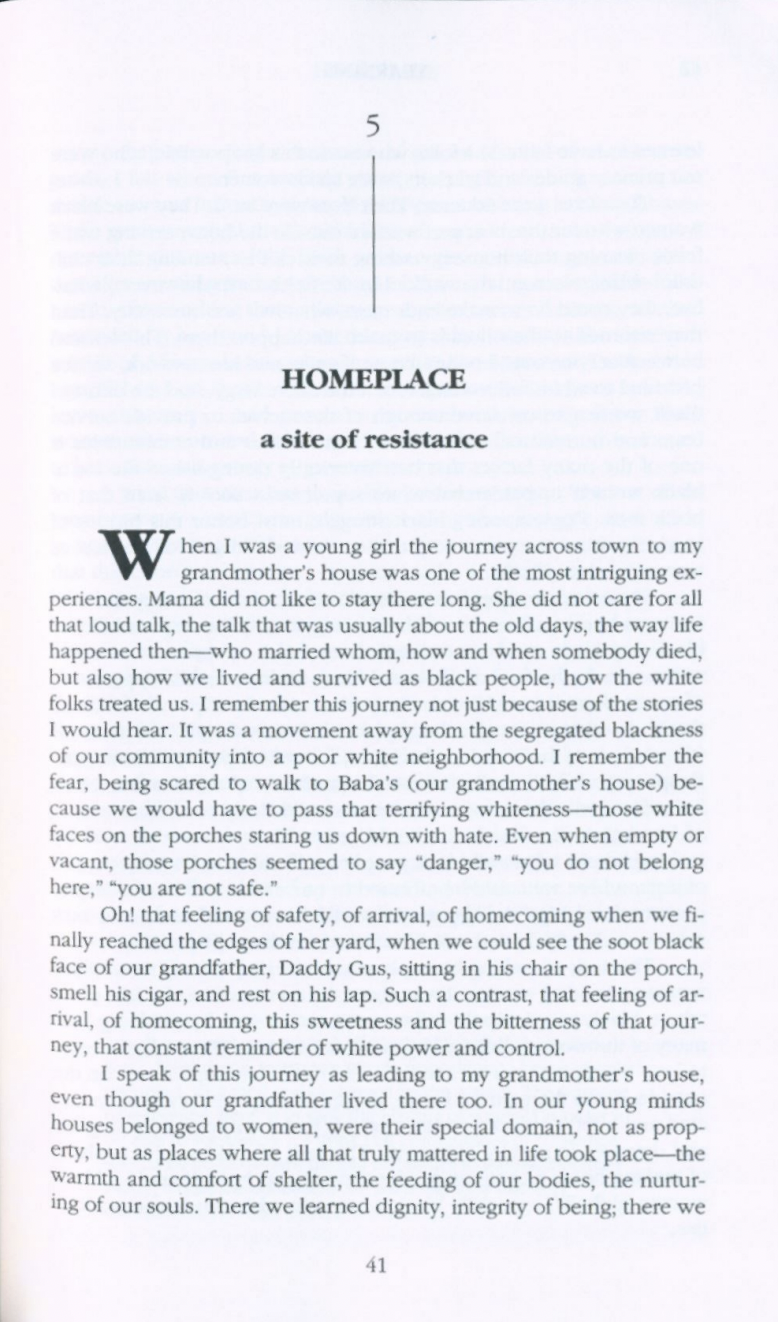
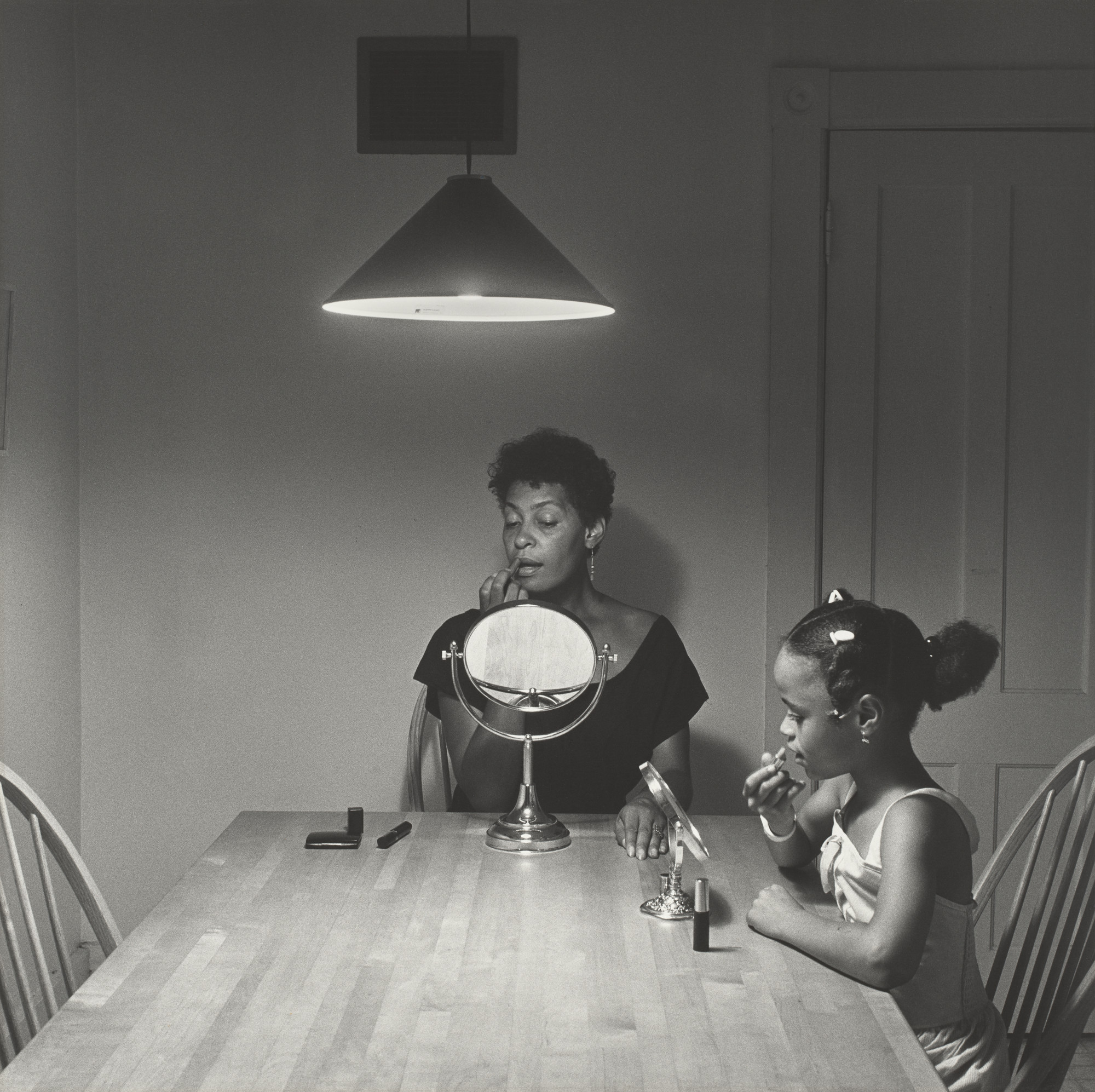
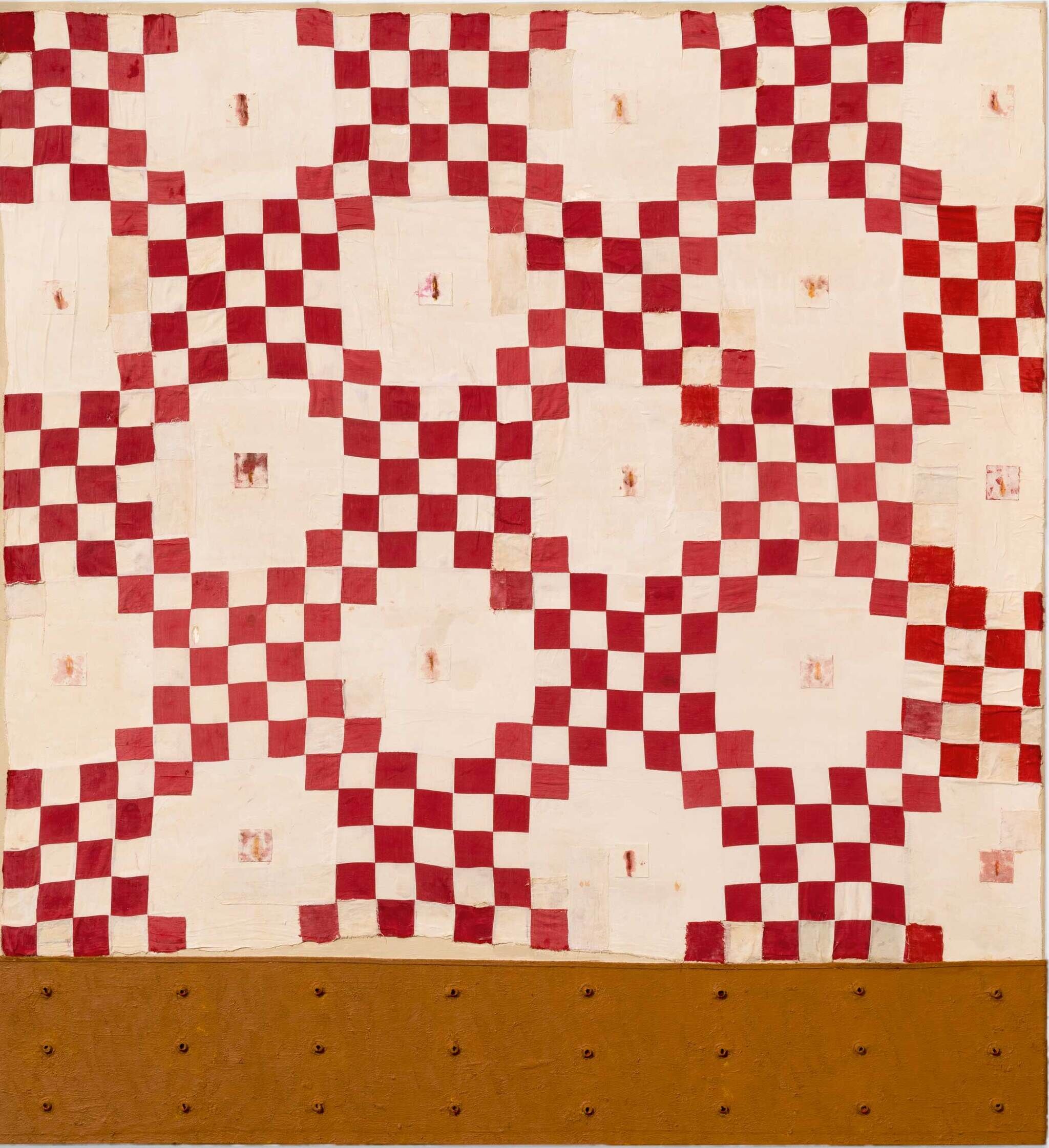
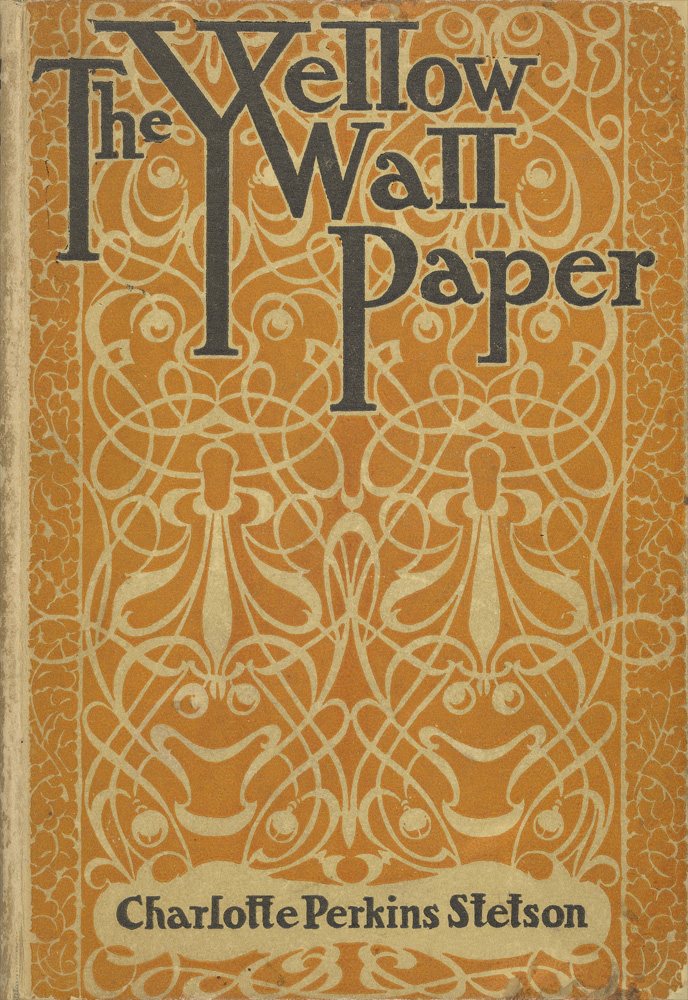
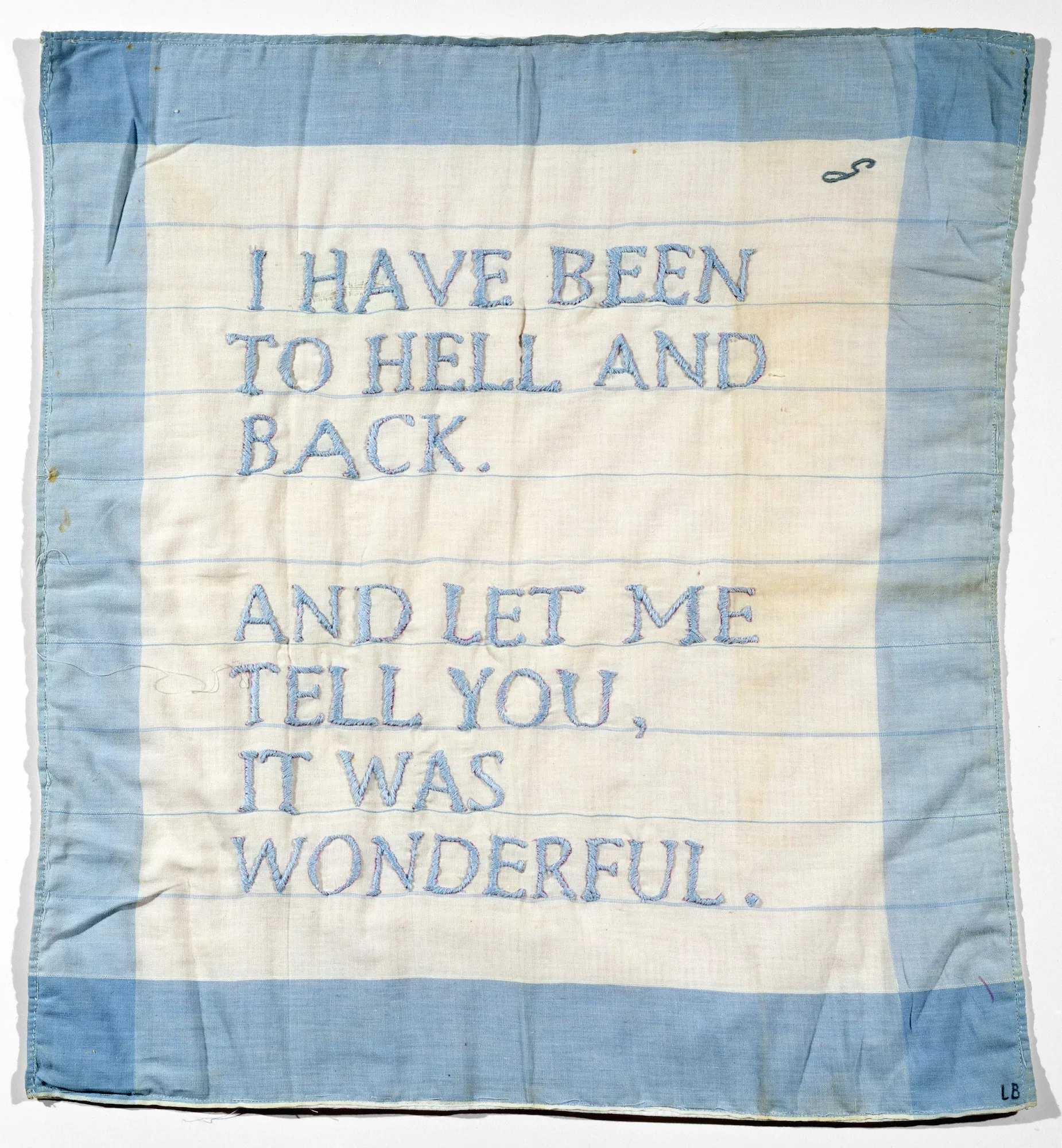
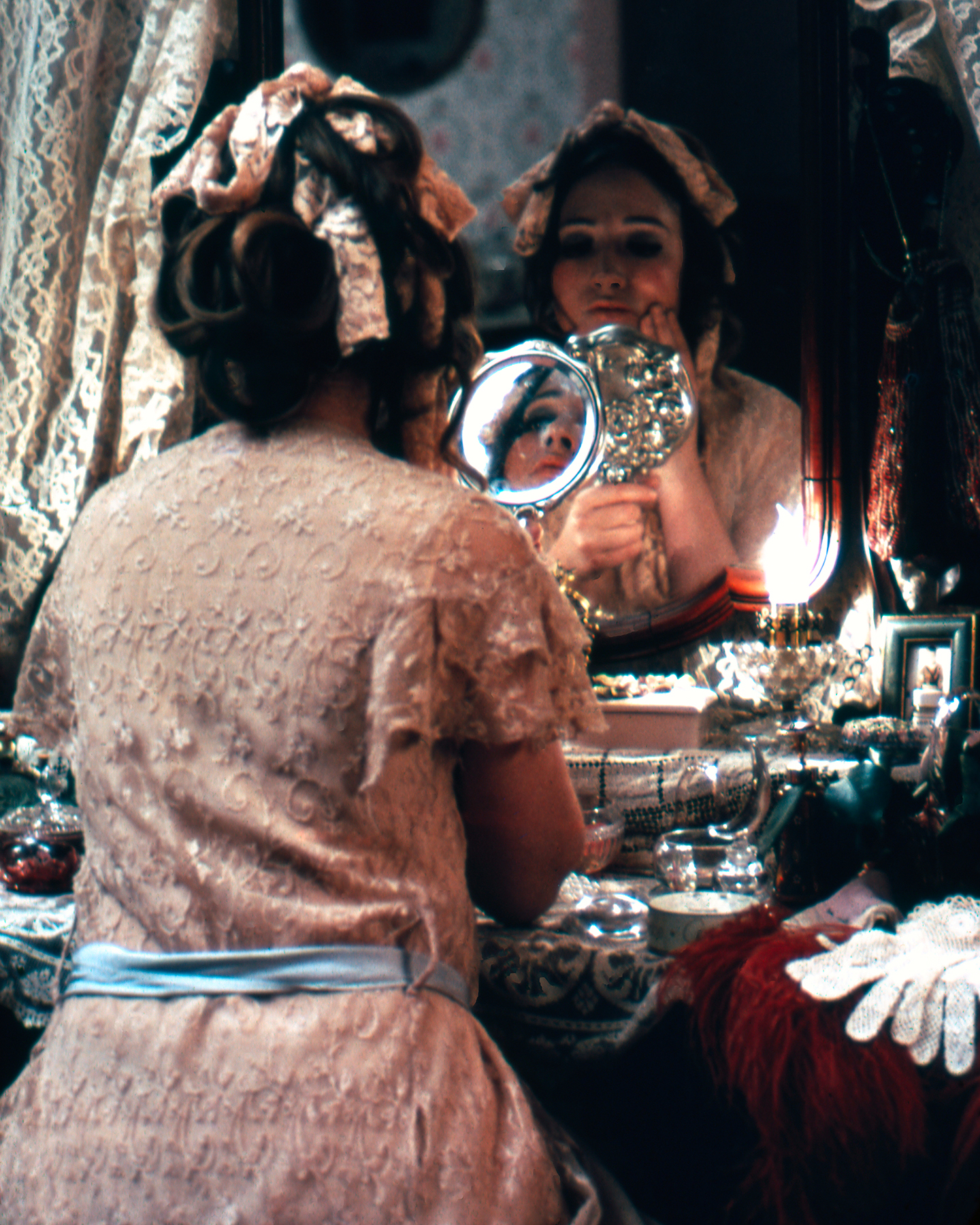
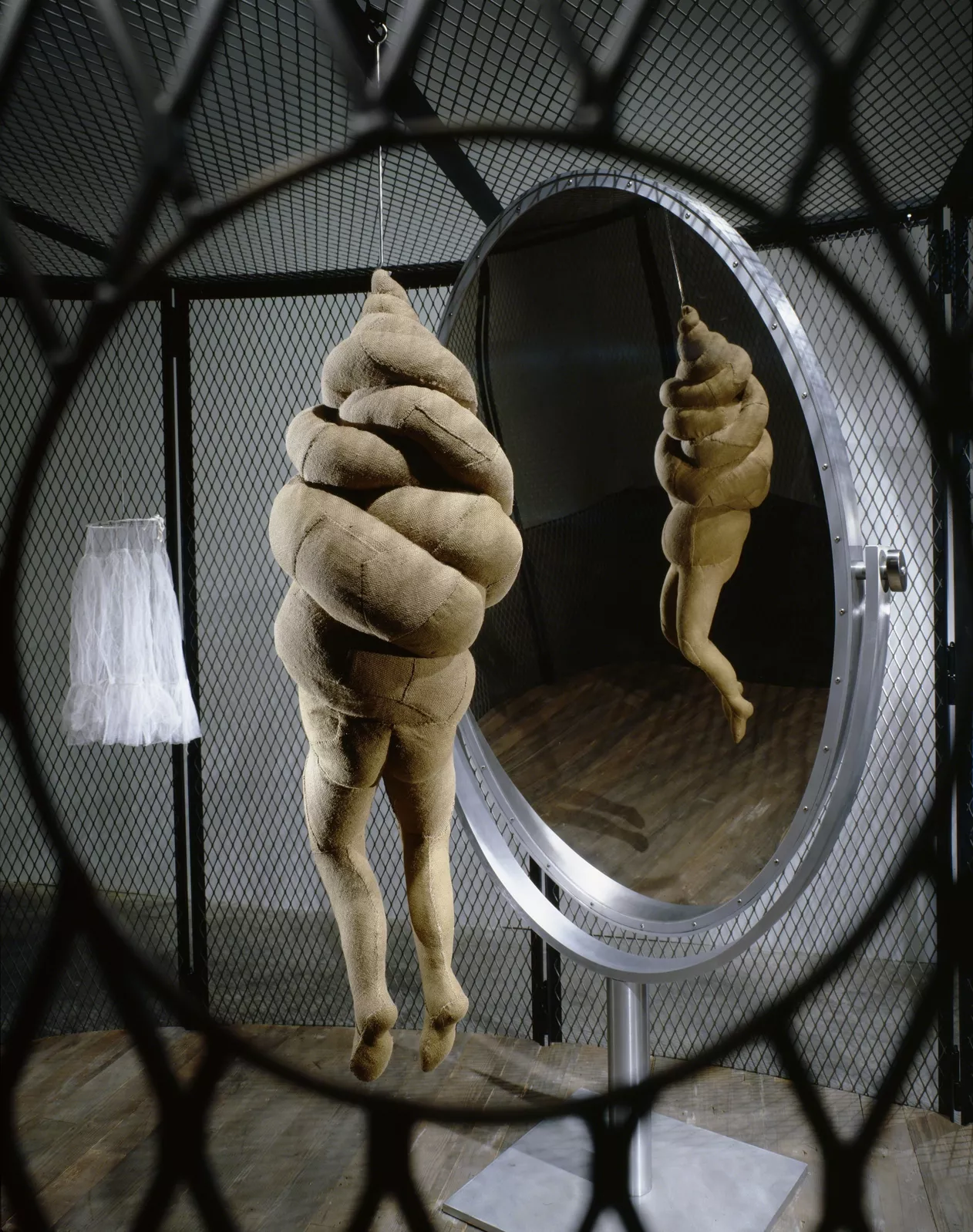
4/5 Women have been positioned not as observers, but as the observed. They are to be seen, rather than see. Women are made hyper-visible as symbols of virtue and care, but their own perspectives and desires were made invisible. Many artists and authors have addressed this in their work.
300 PX
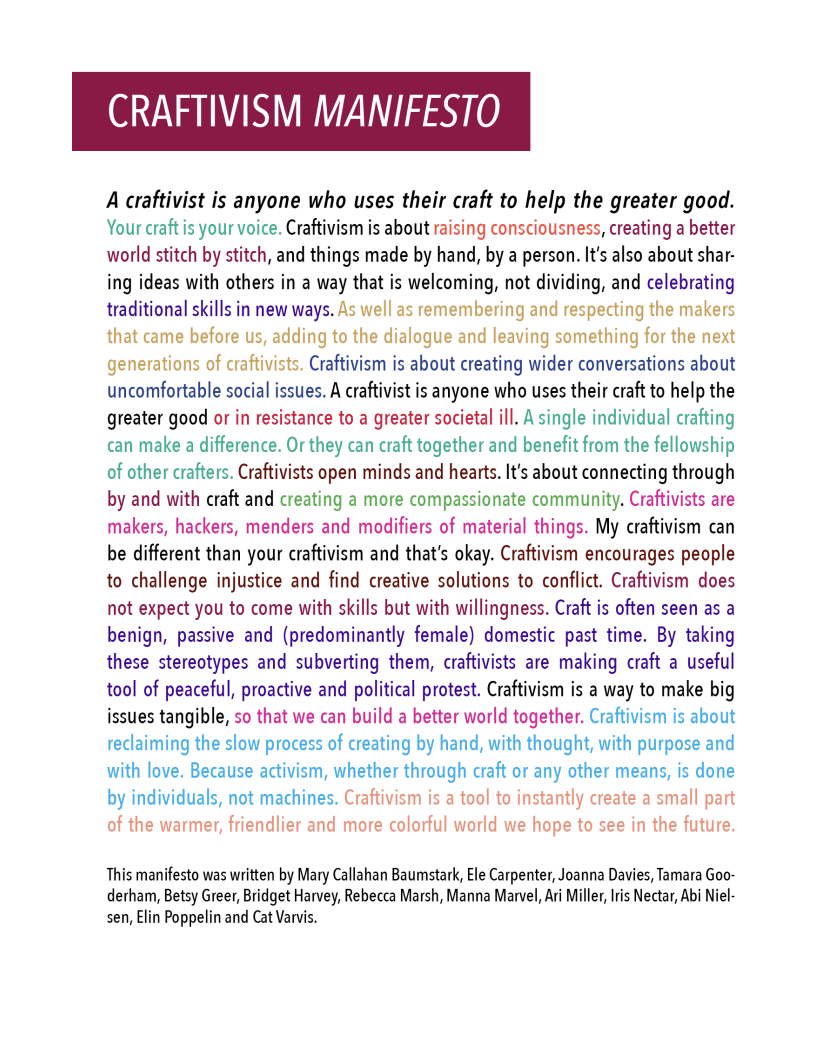
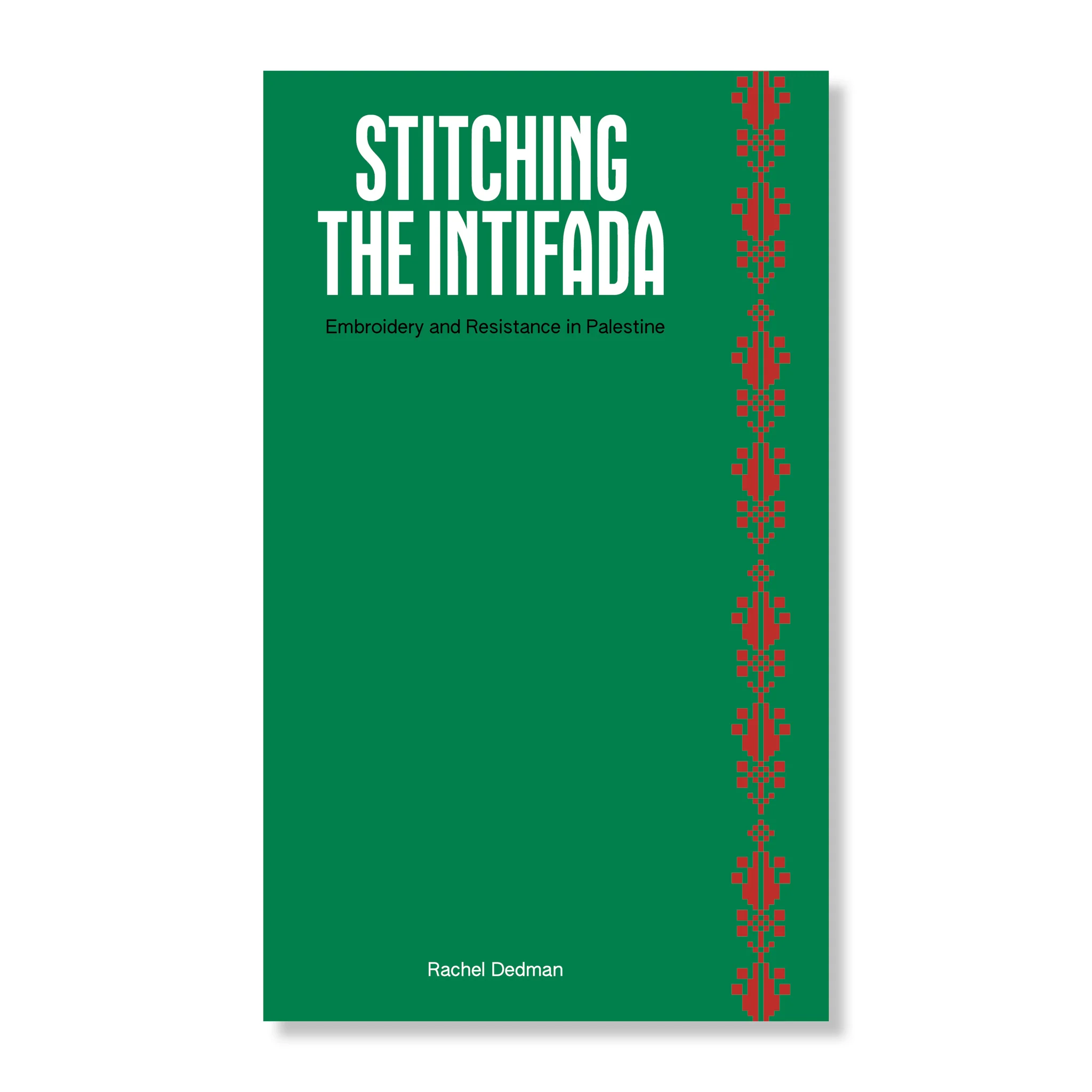
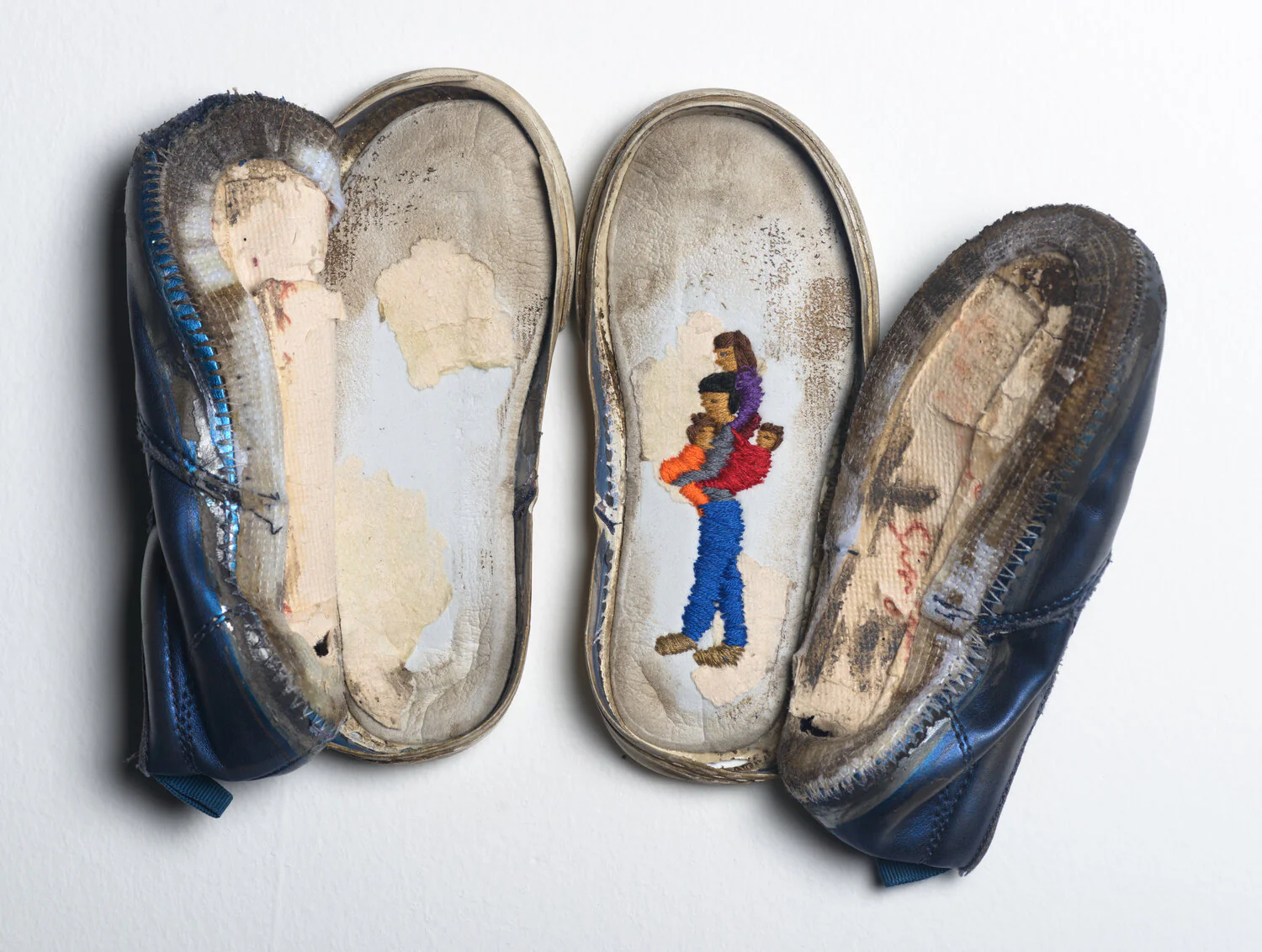

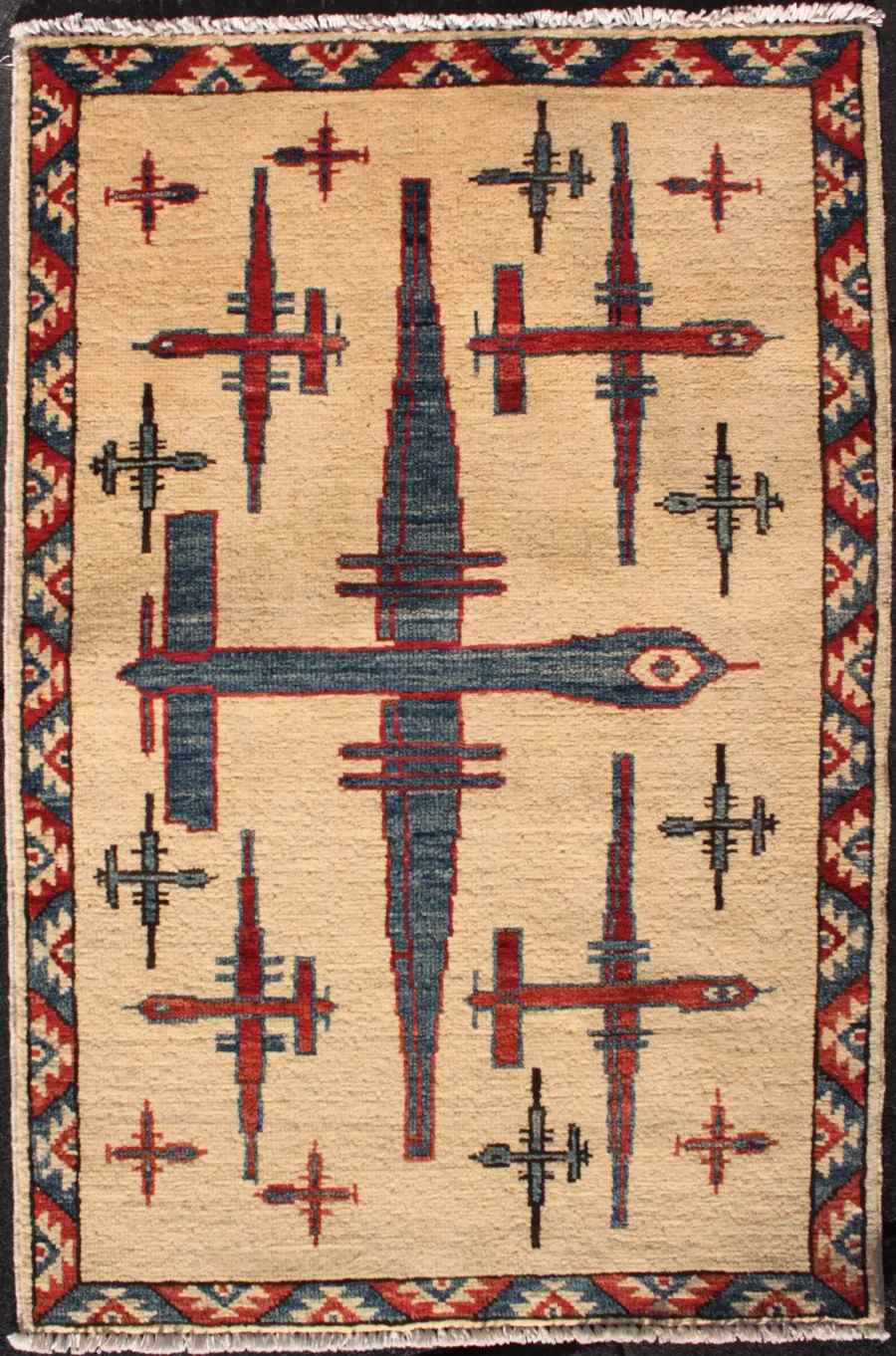
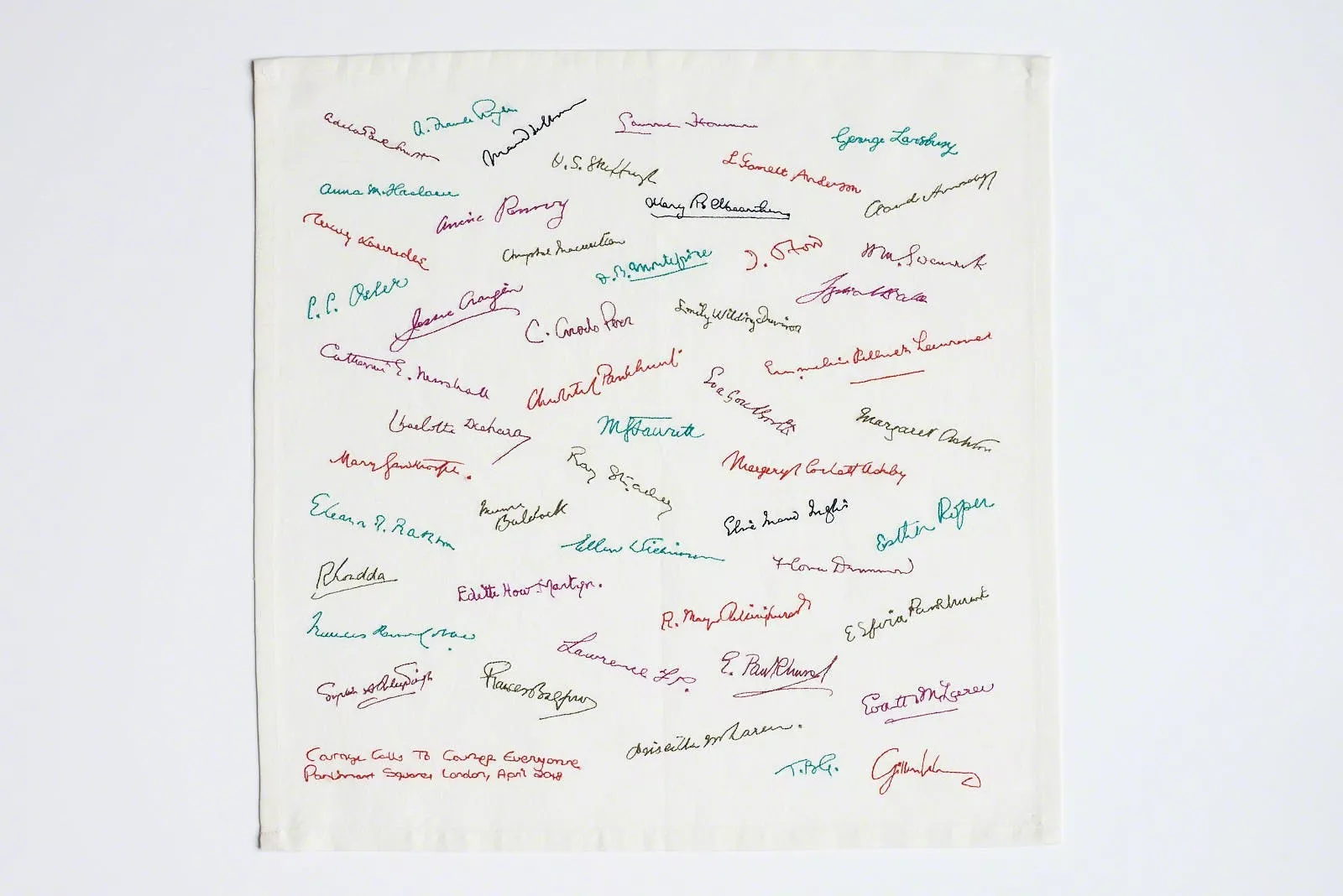
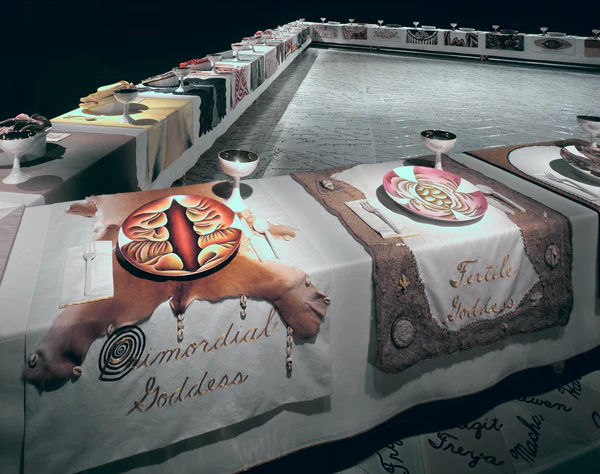
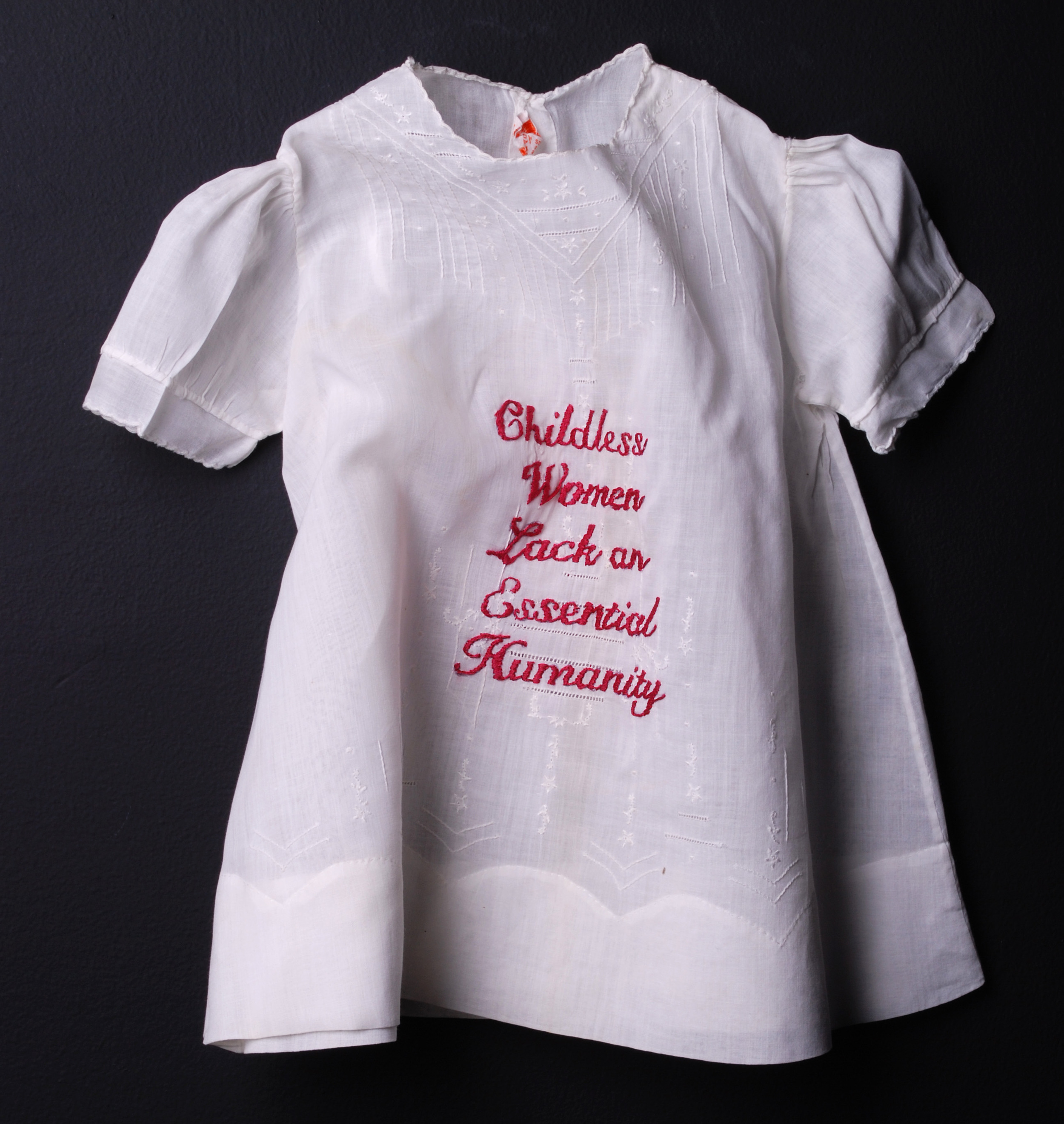
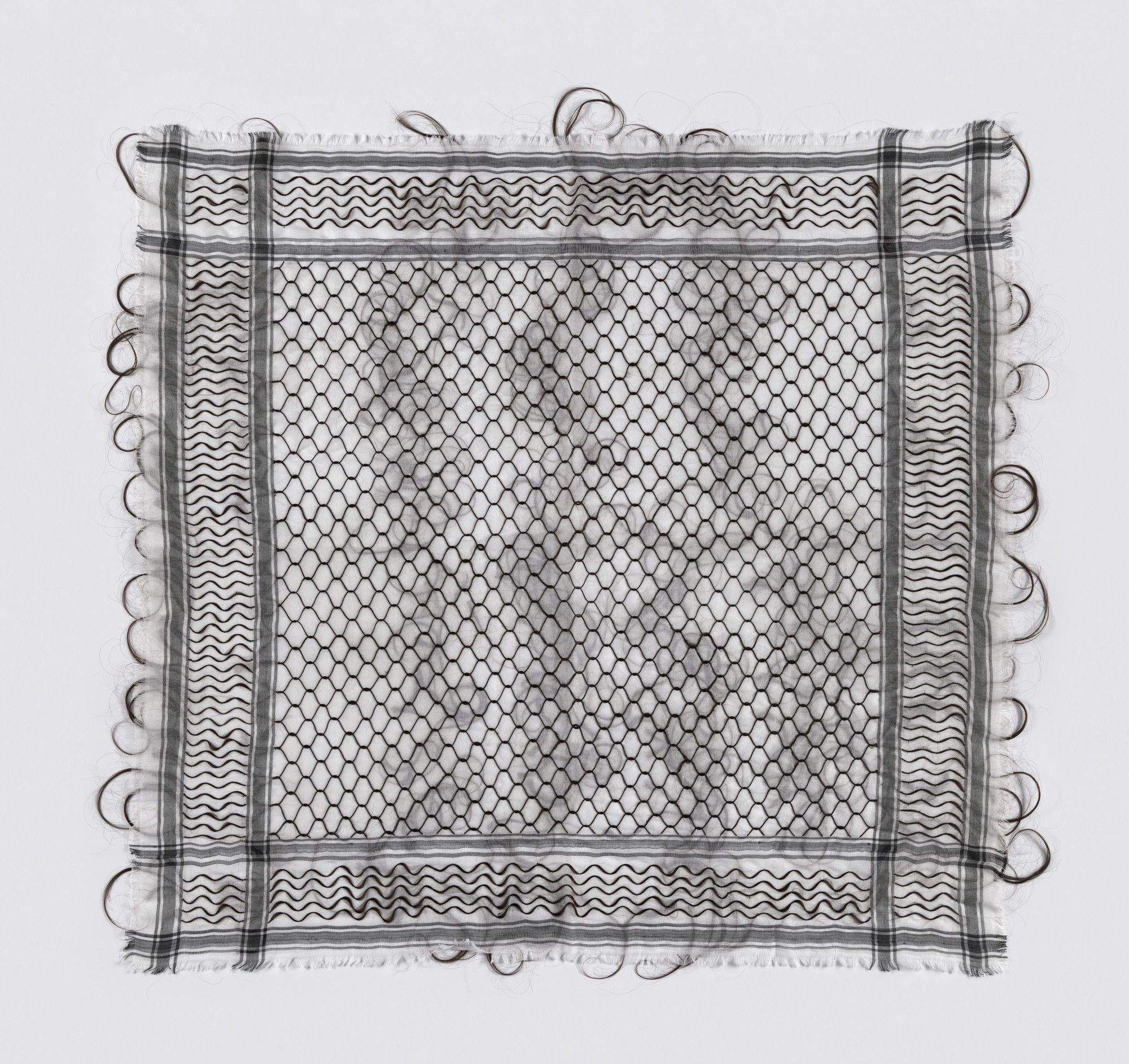
5/5 Now, feminists are recognizing and repositioning the important roles that mothers and women play both in the home and in the public.
And artists are celebrating the invisible and under-valued labor of women and textile through craft and textile practices that could be associated with craftivism.
175 PX
Begin typing to "embroider" onto your own sampler!
Visit the archive for artworks and readings related to the subject of embroidery, the cult of domesticity, and motherhood.
Visit the Archive